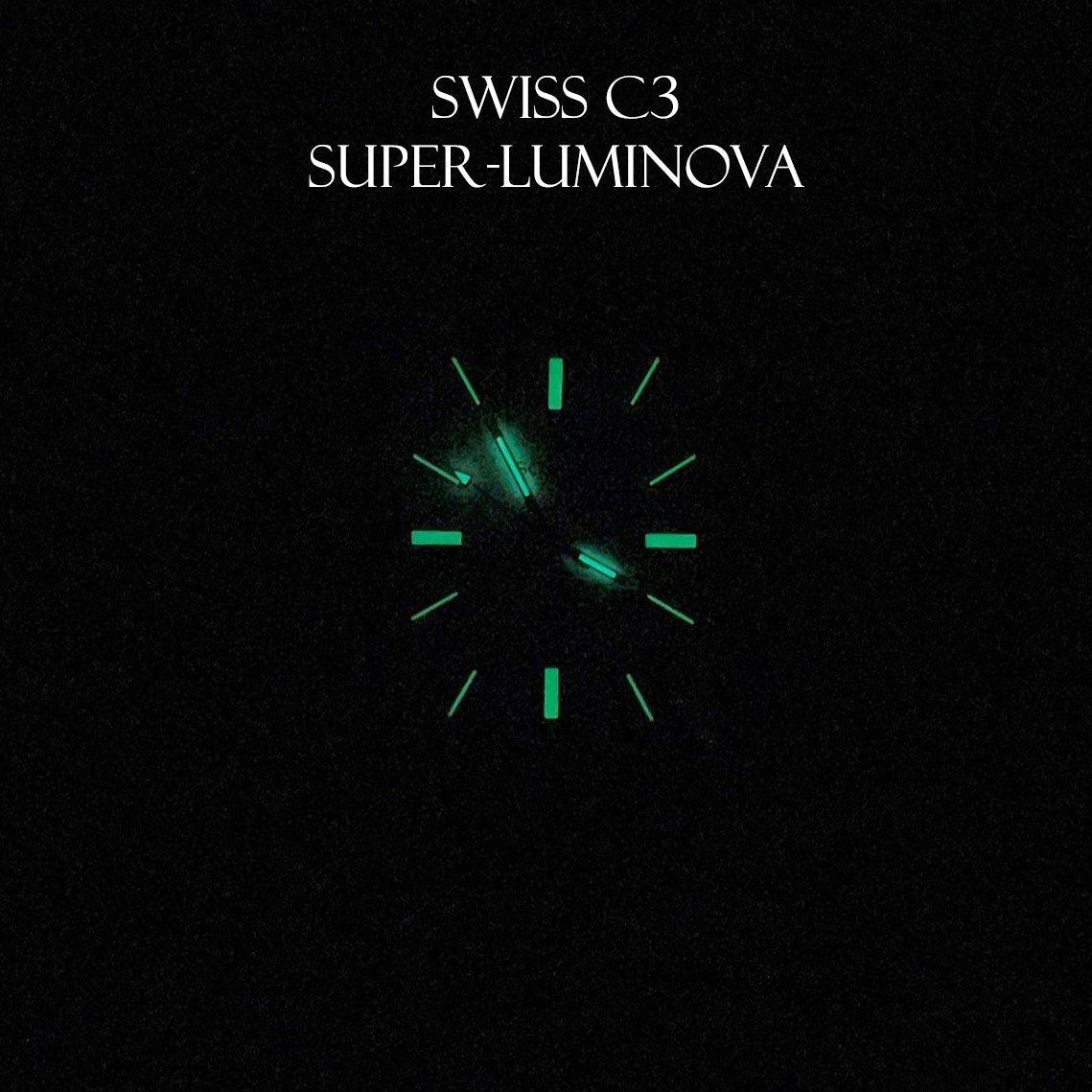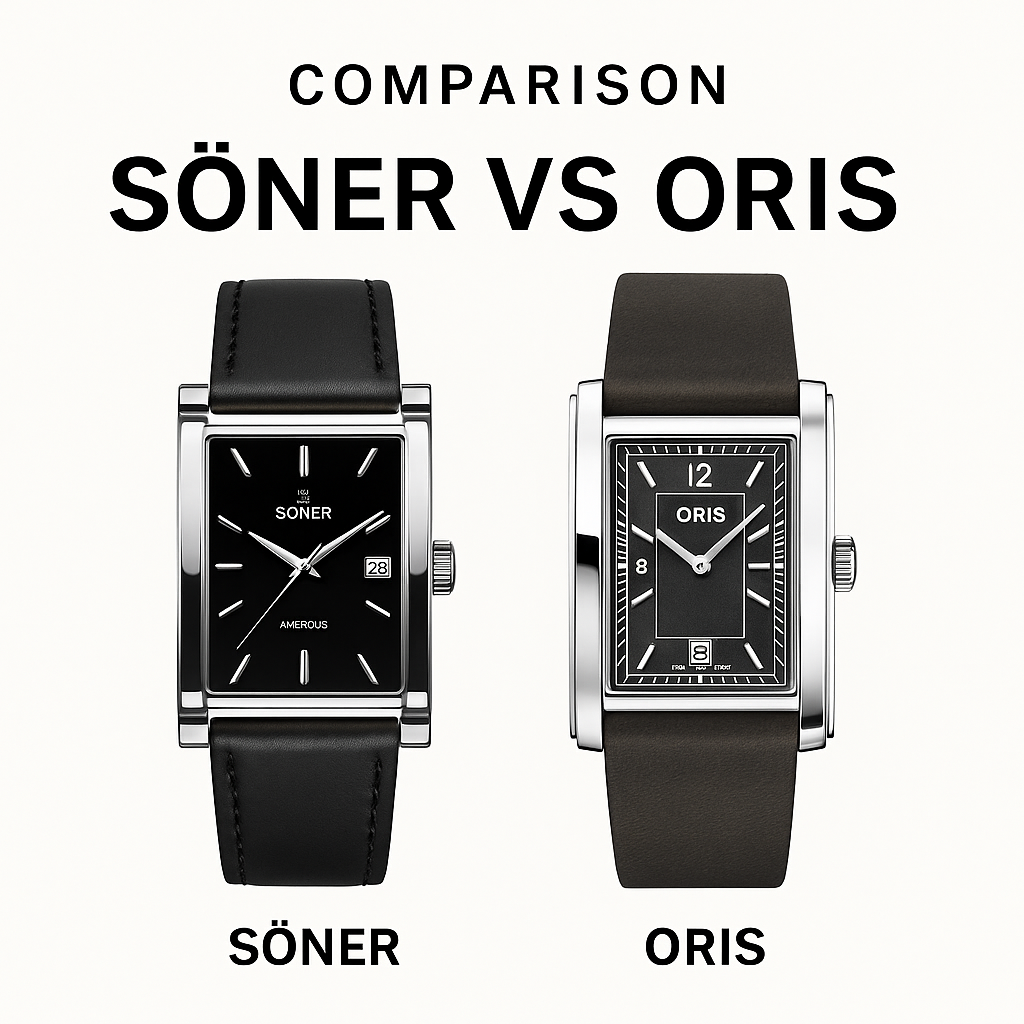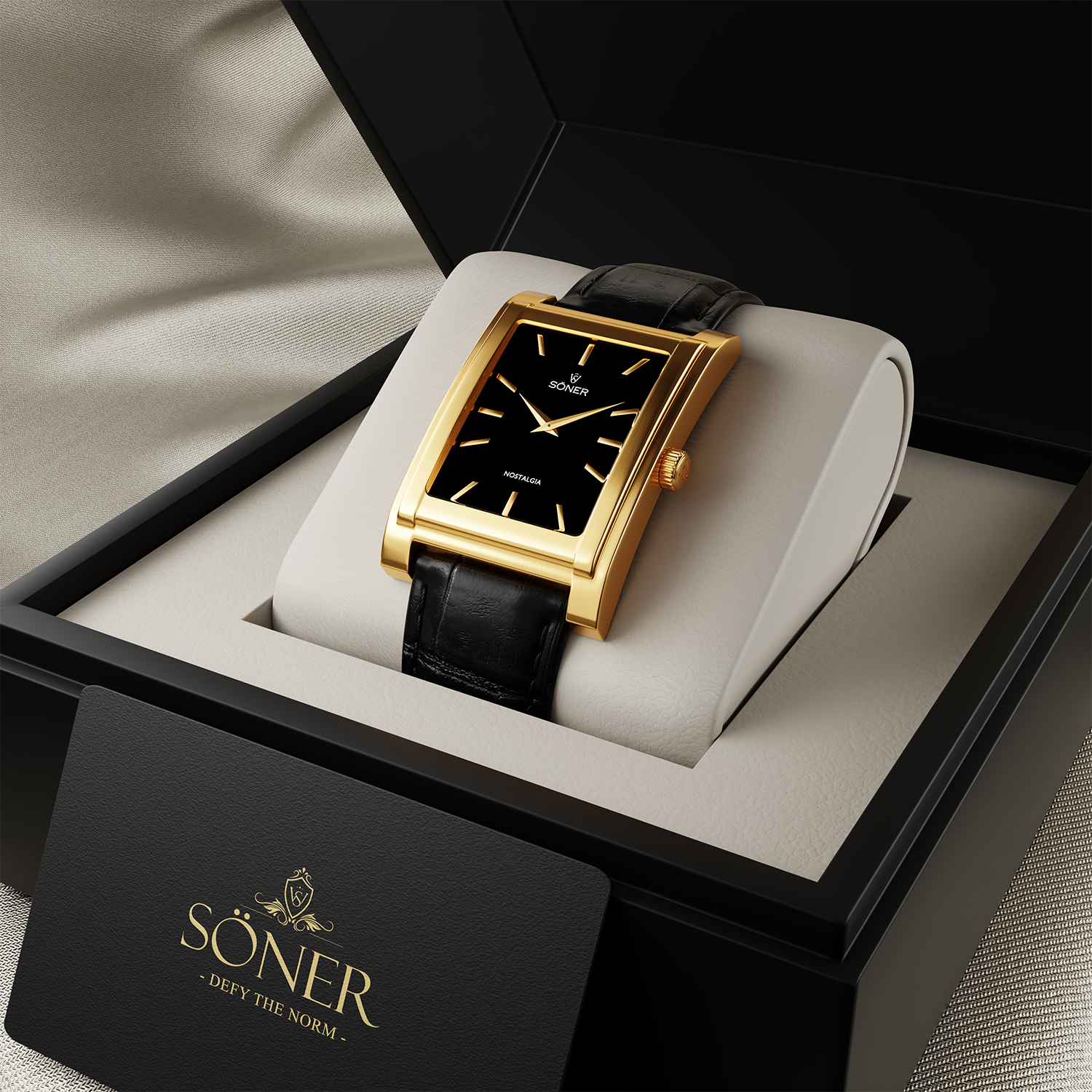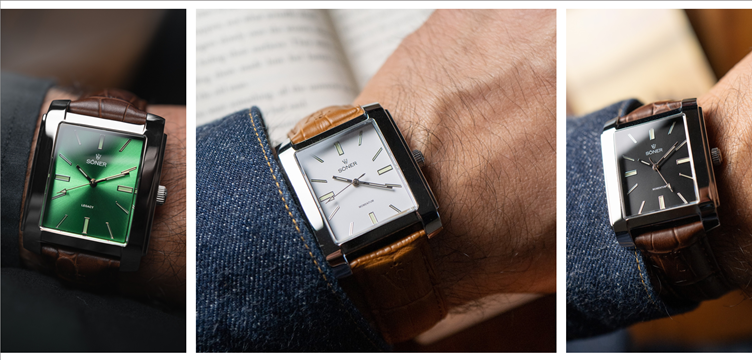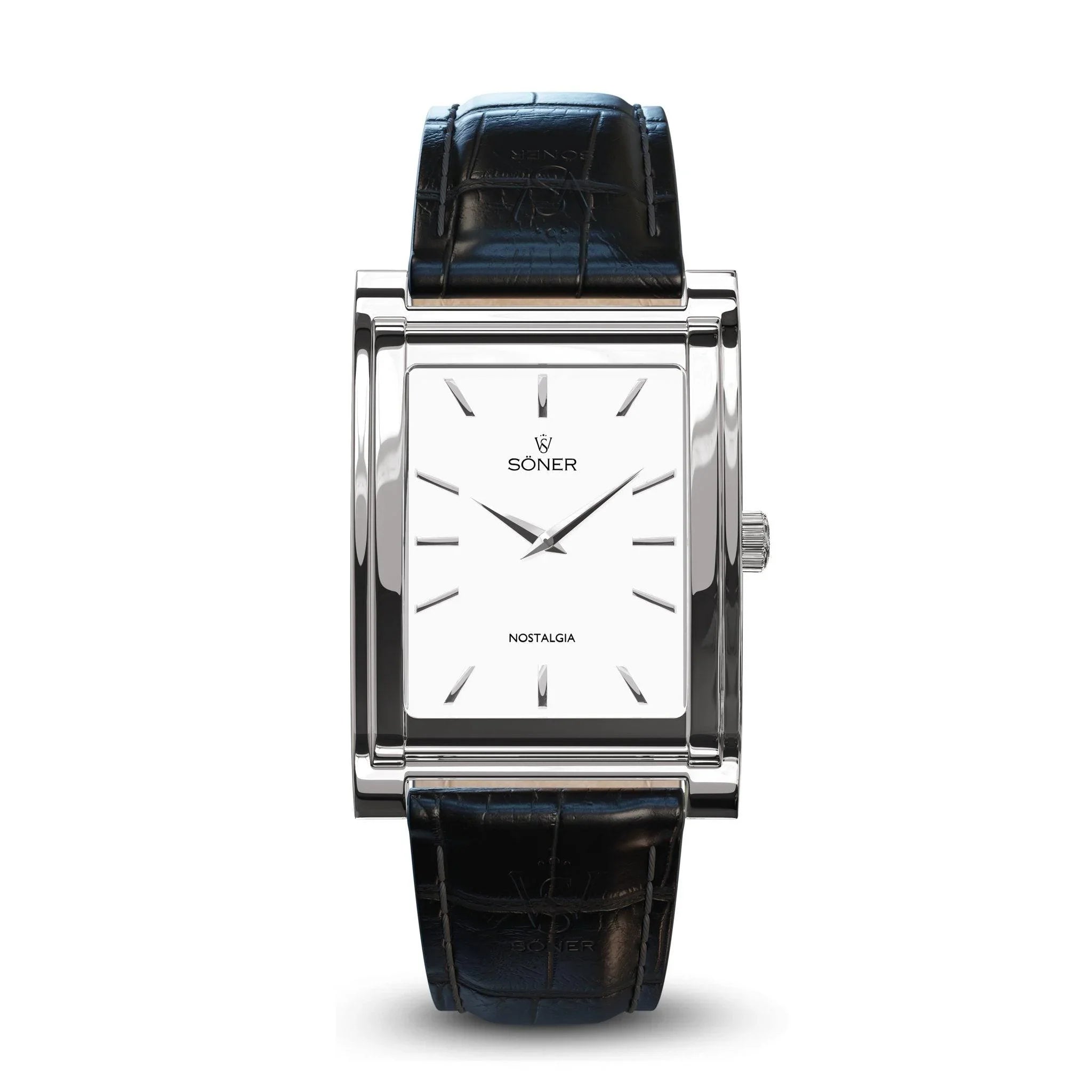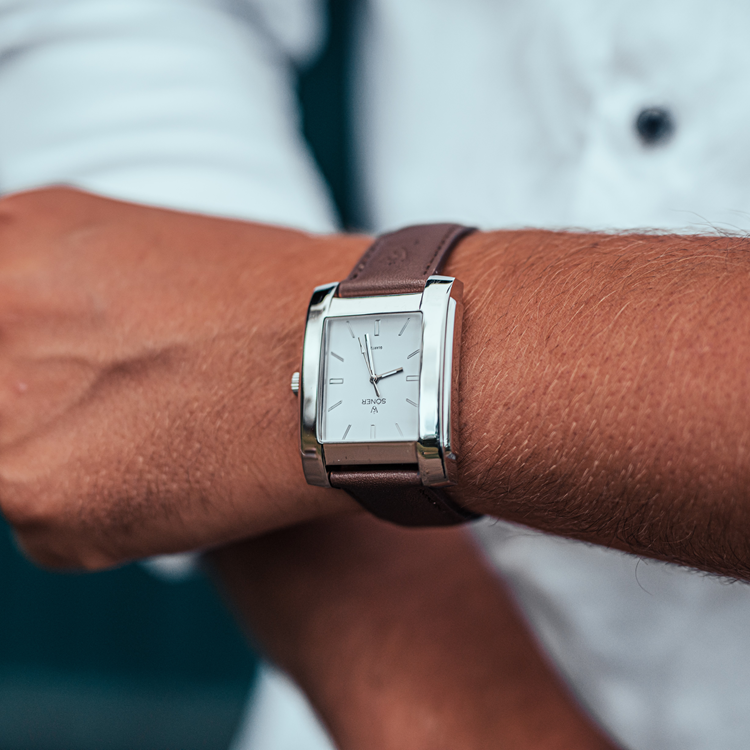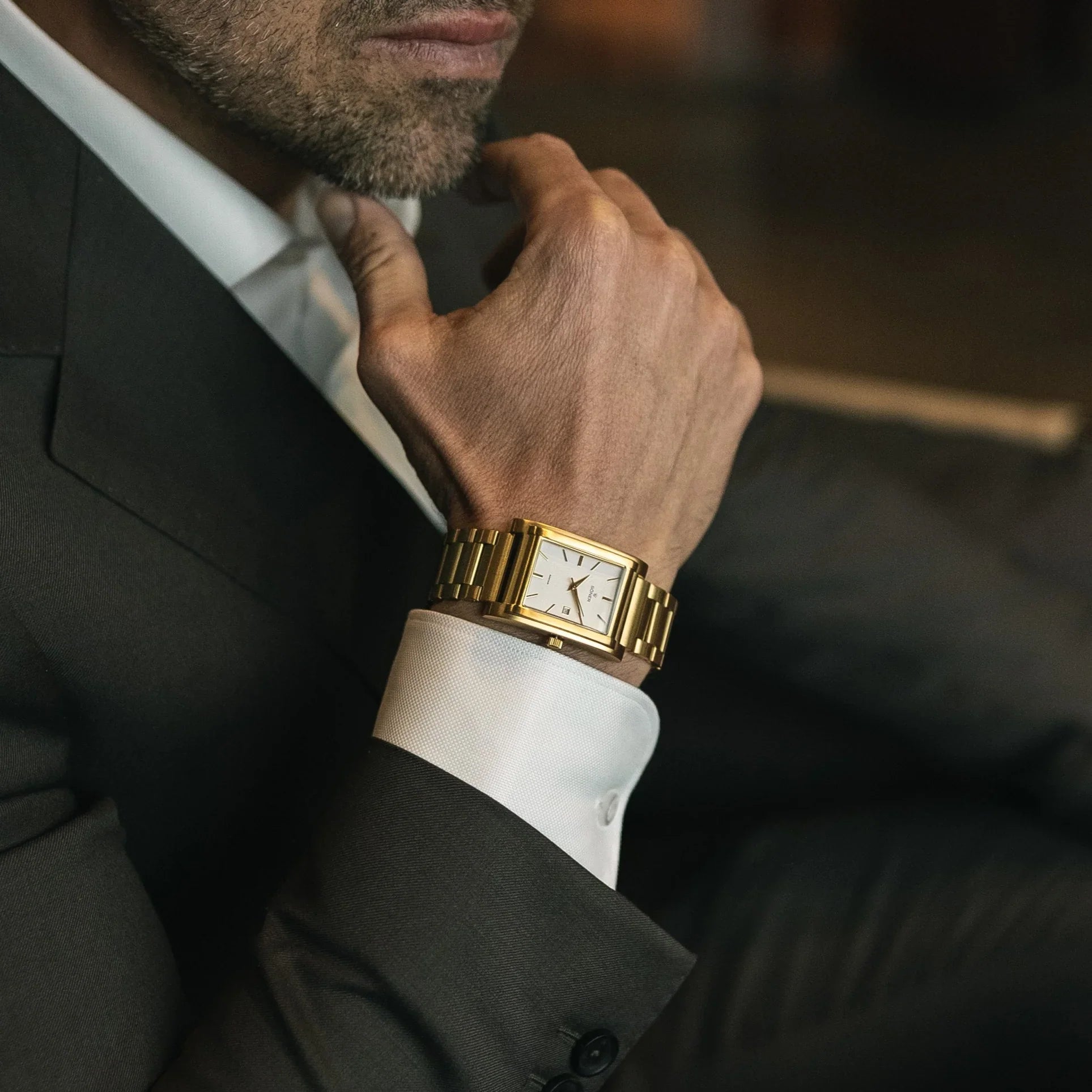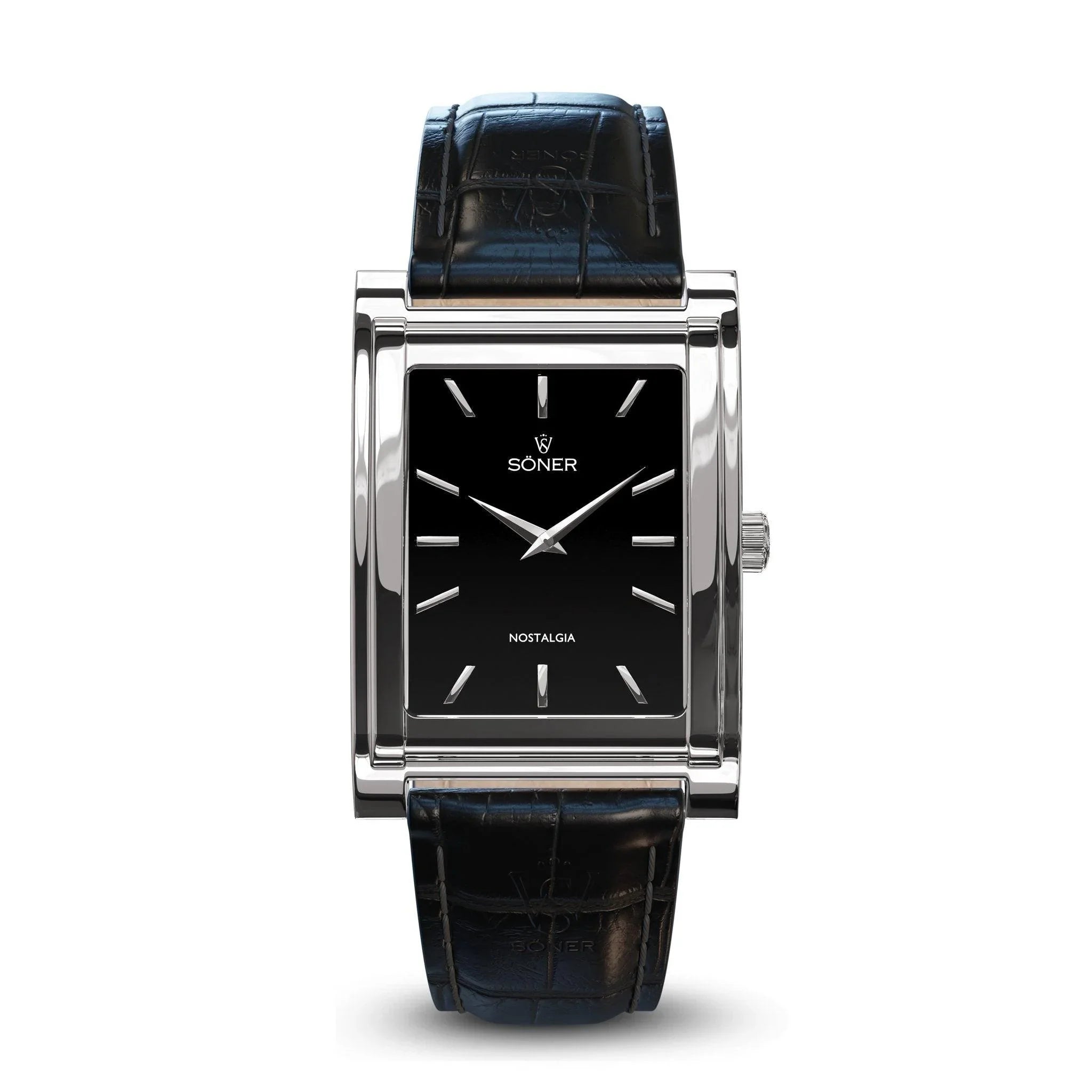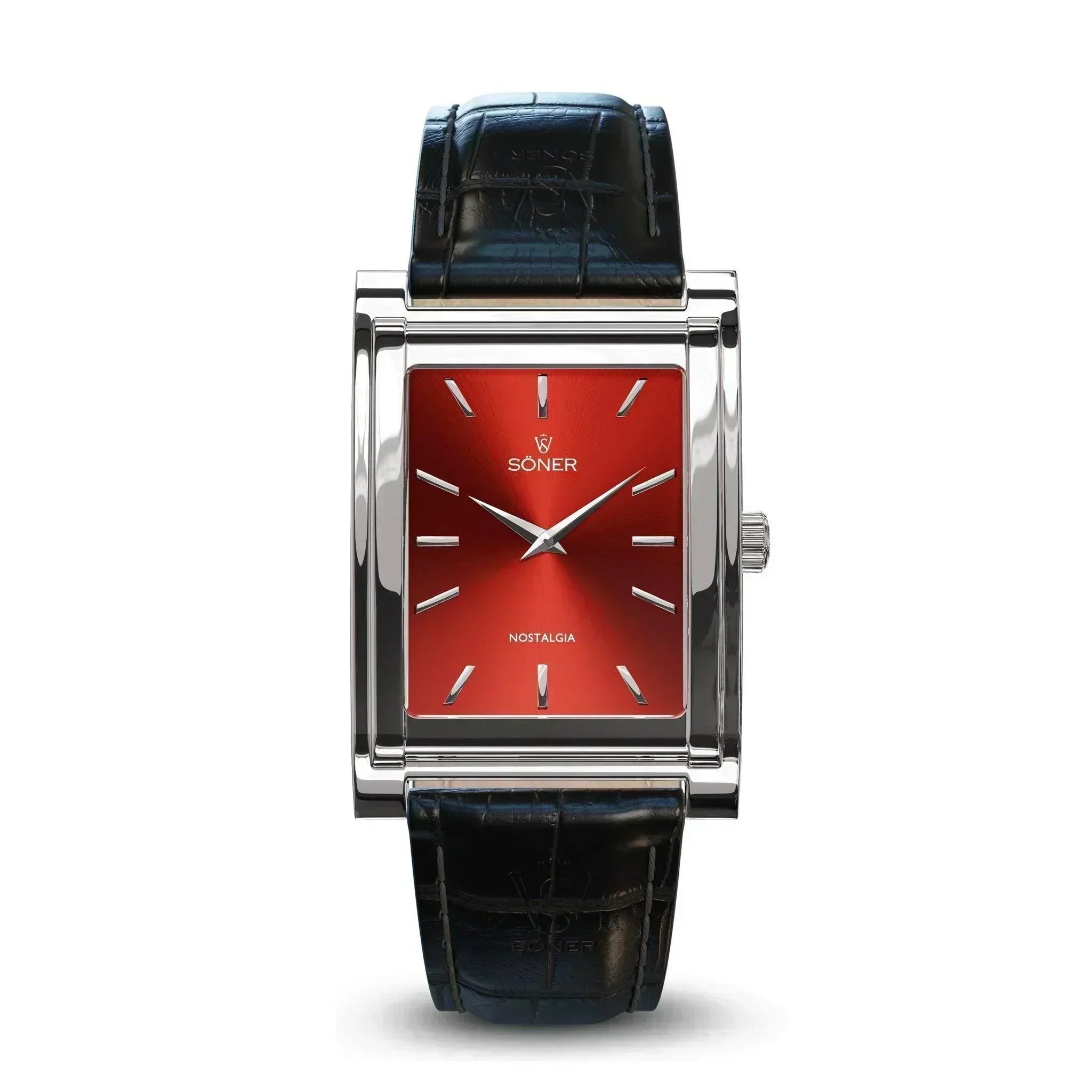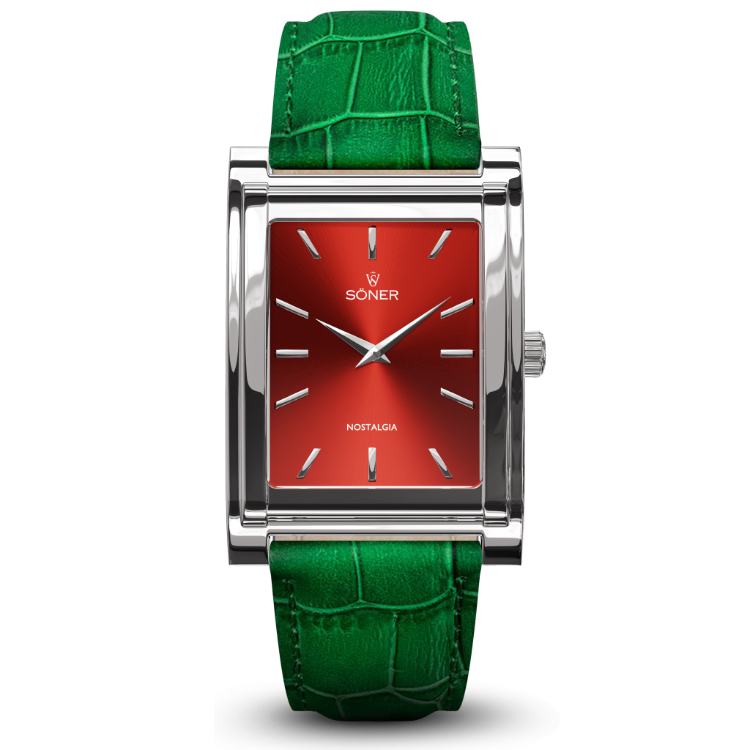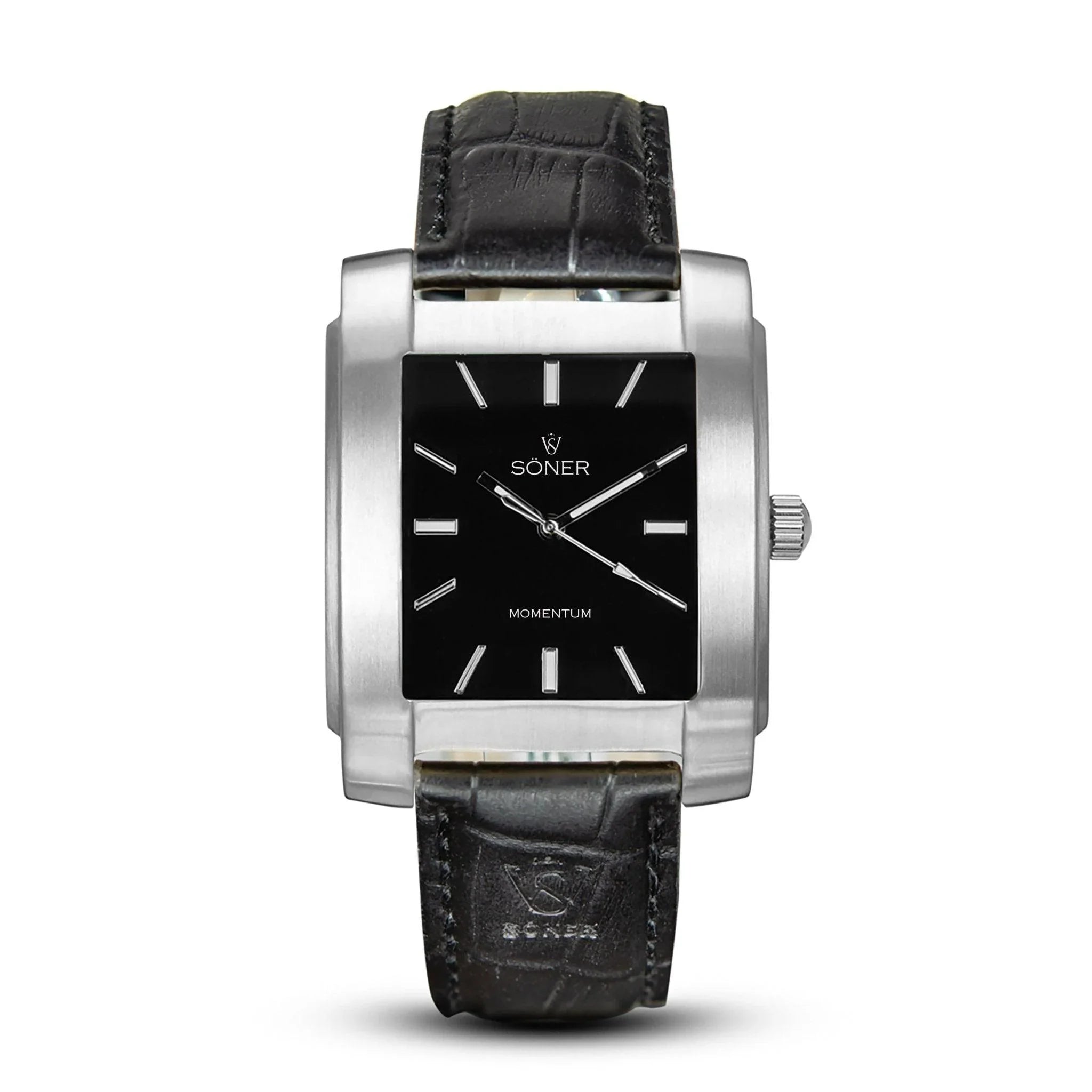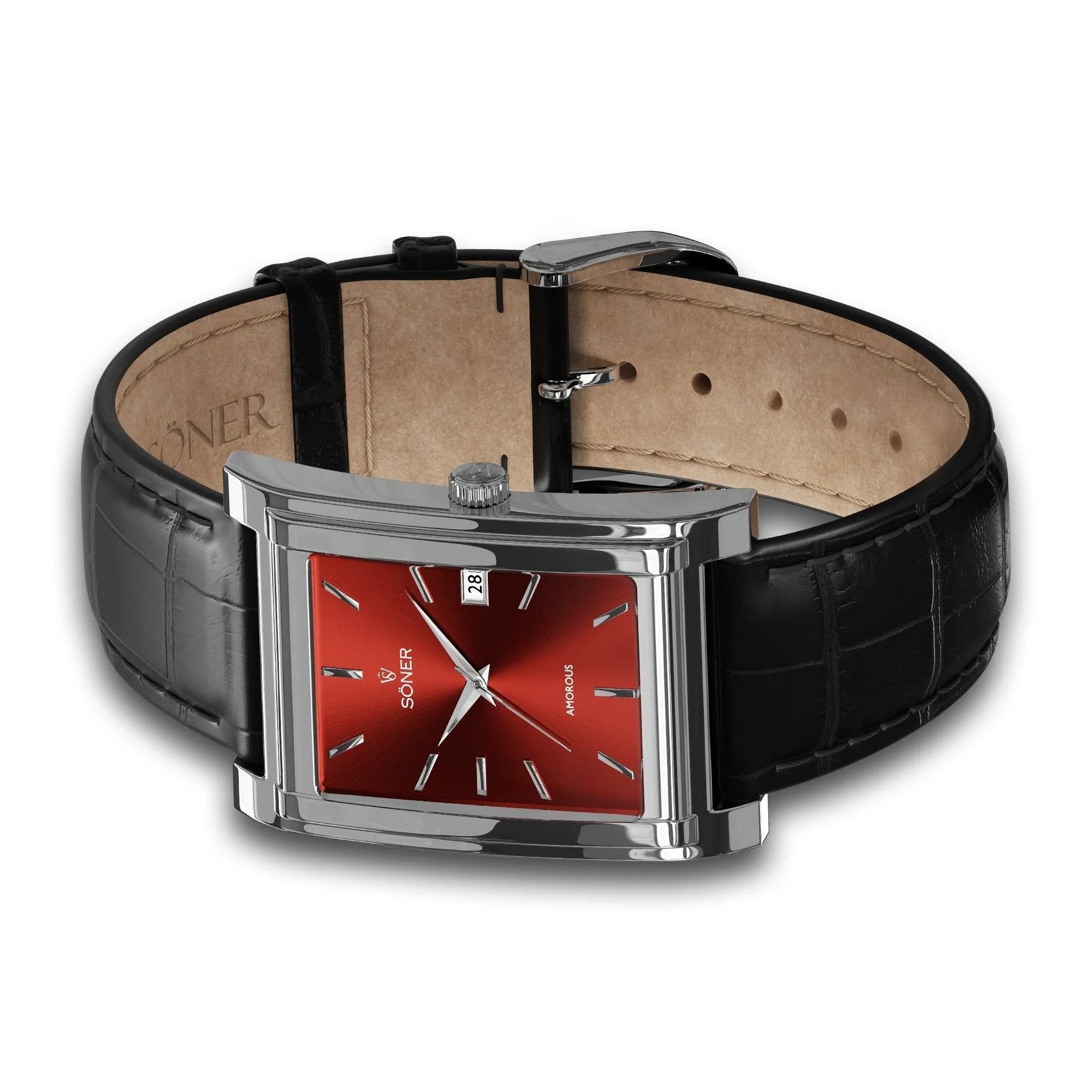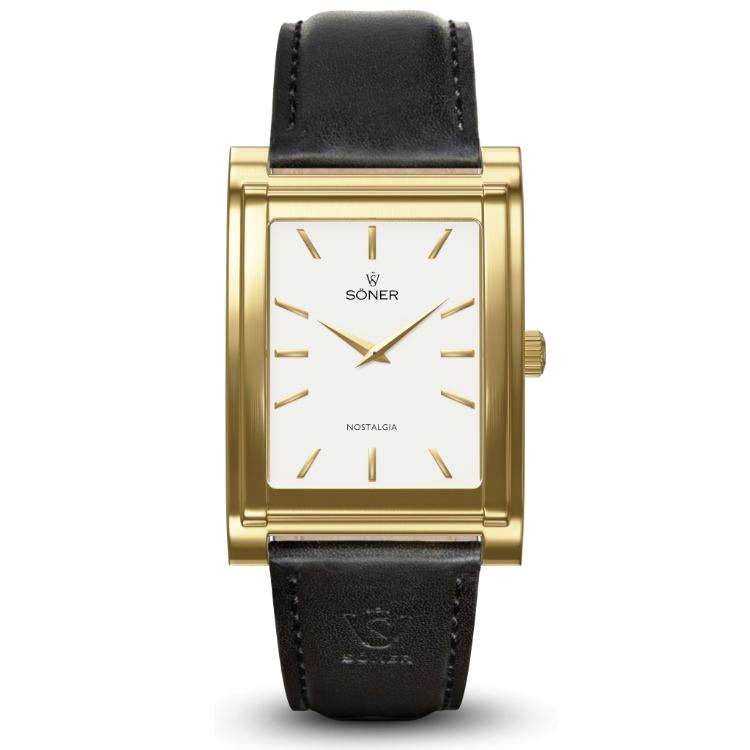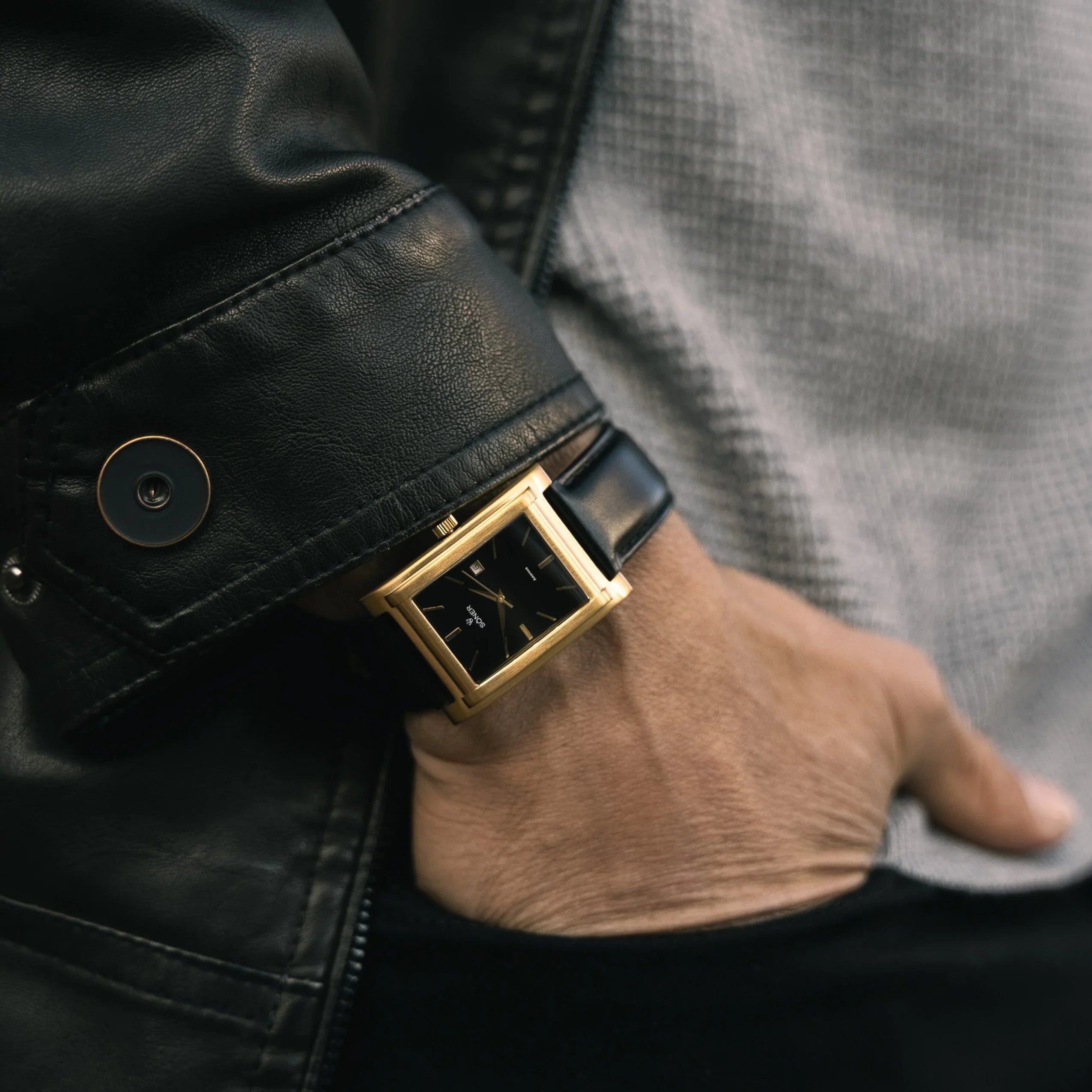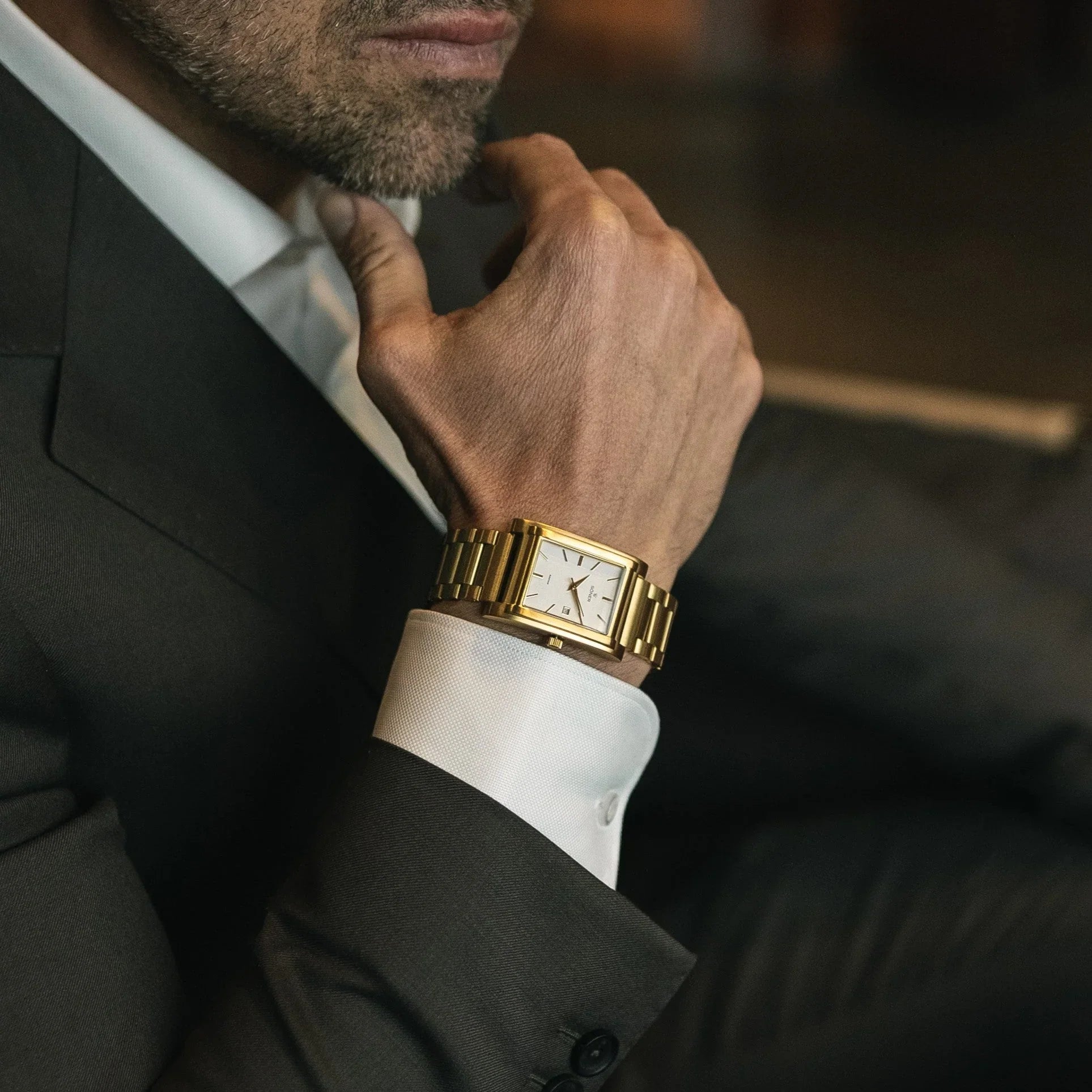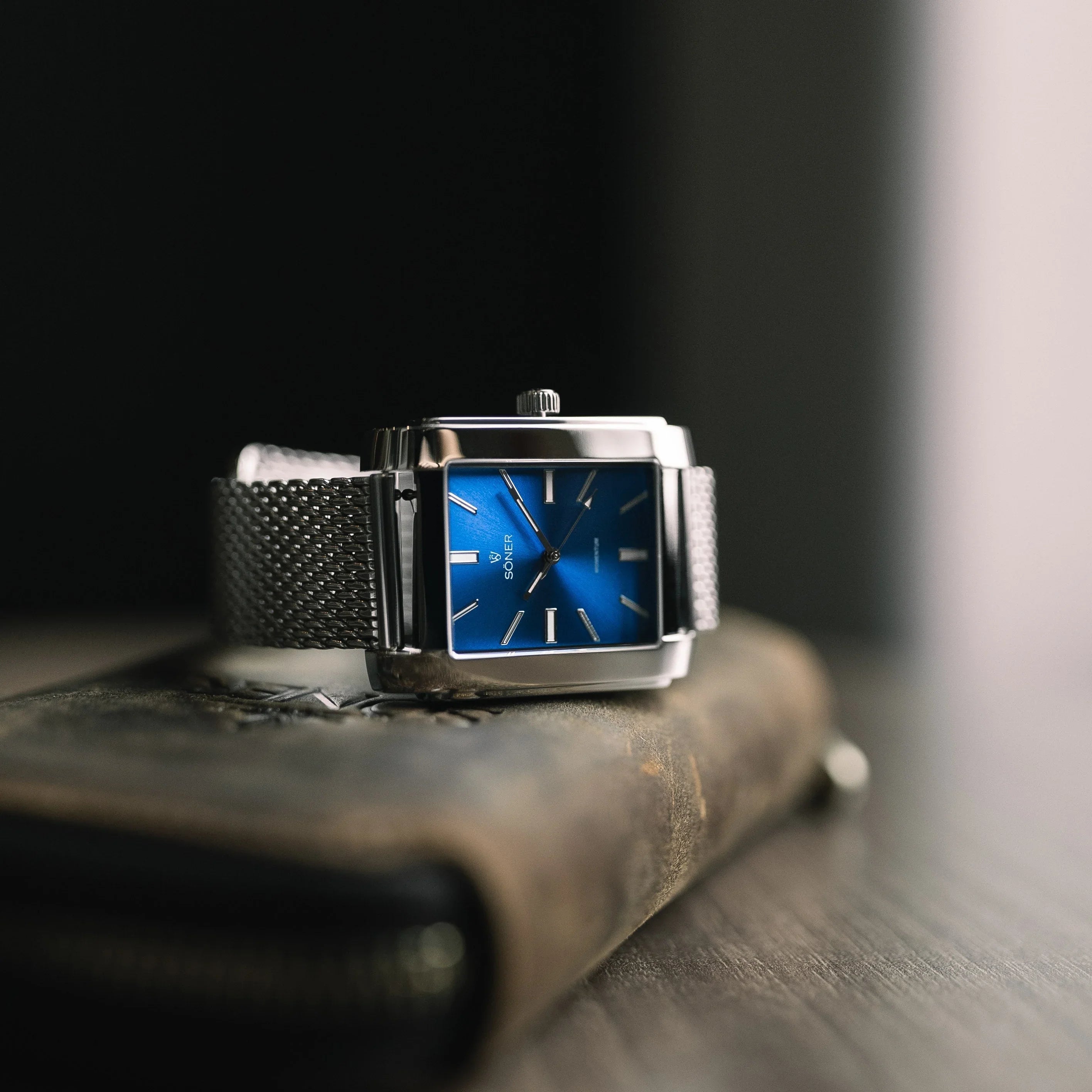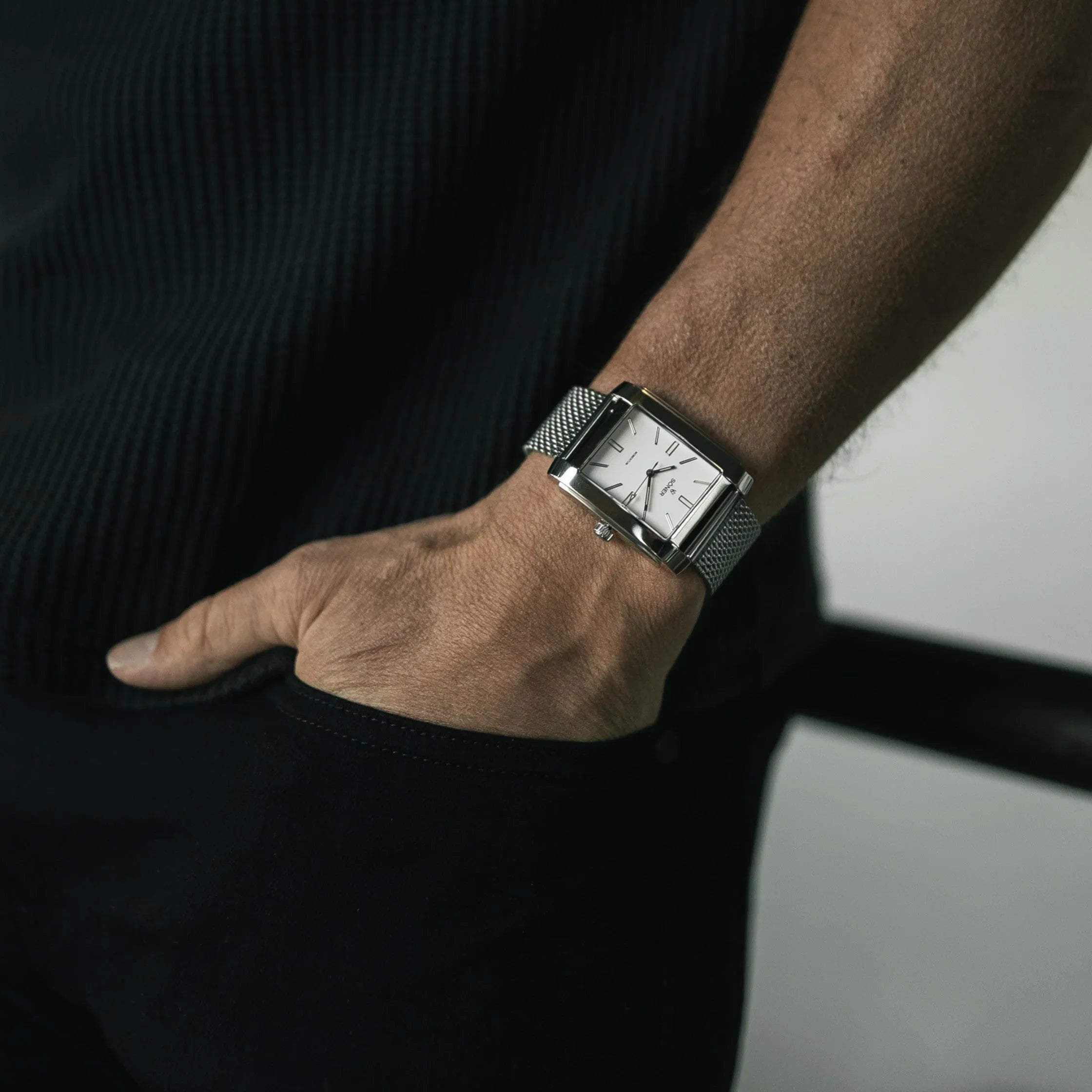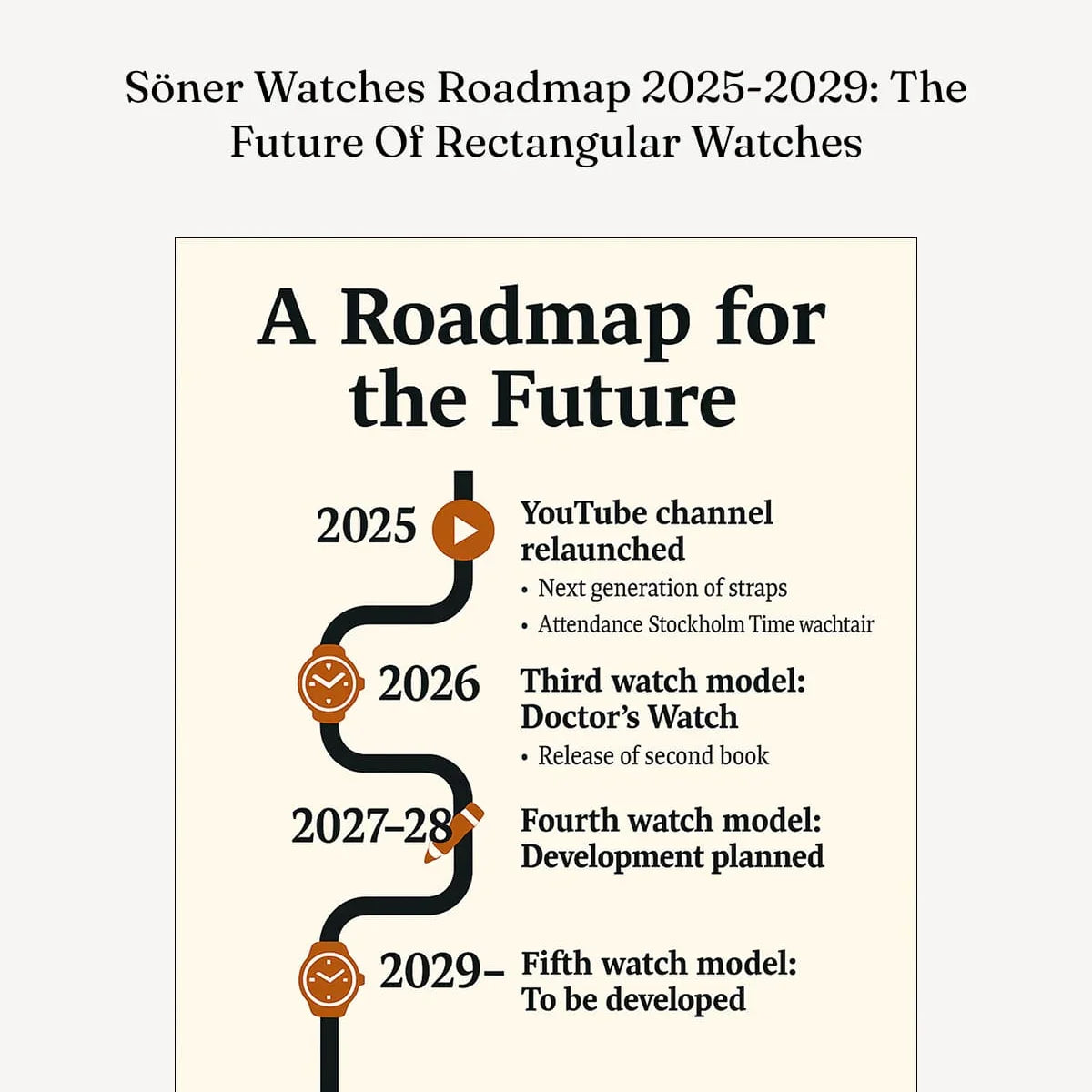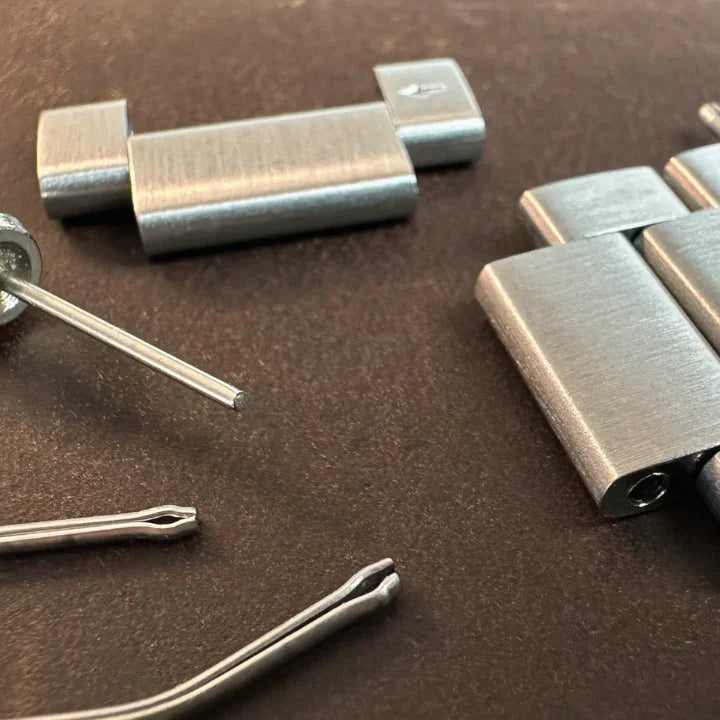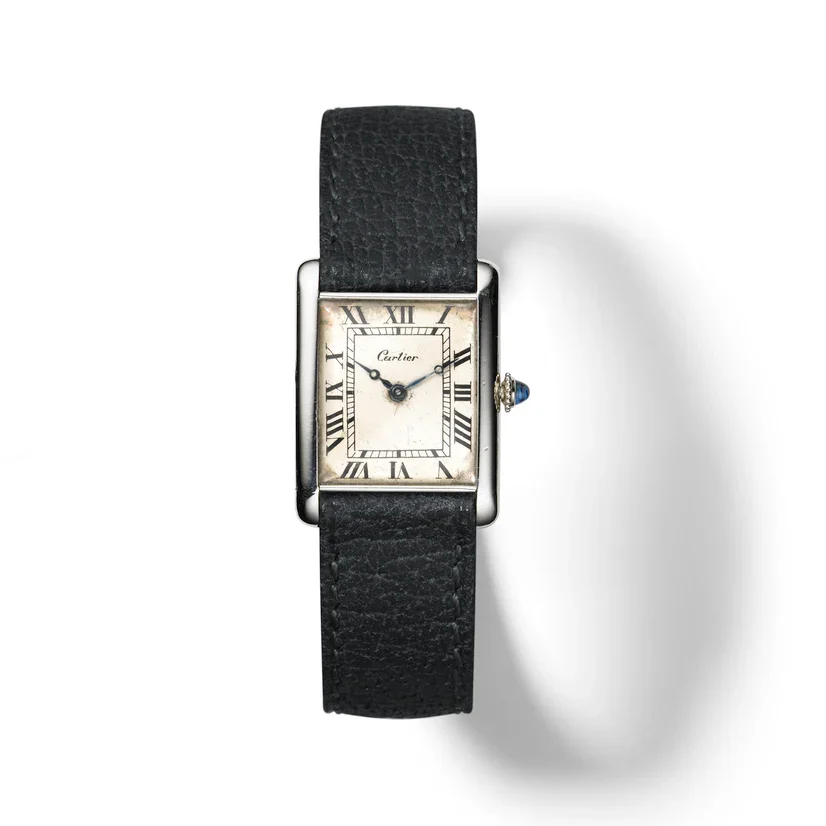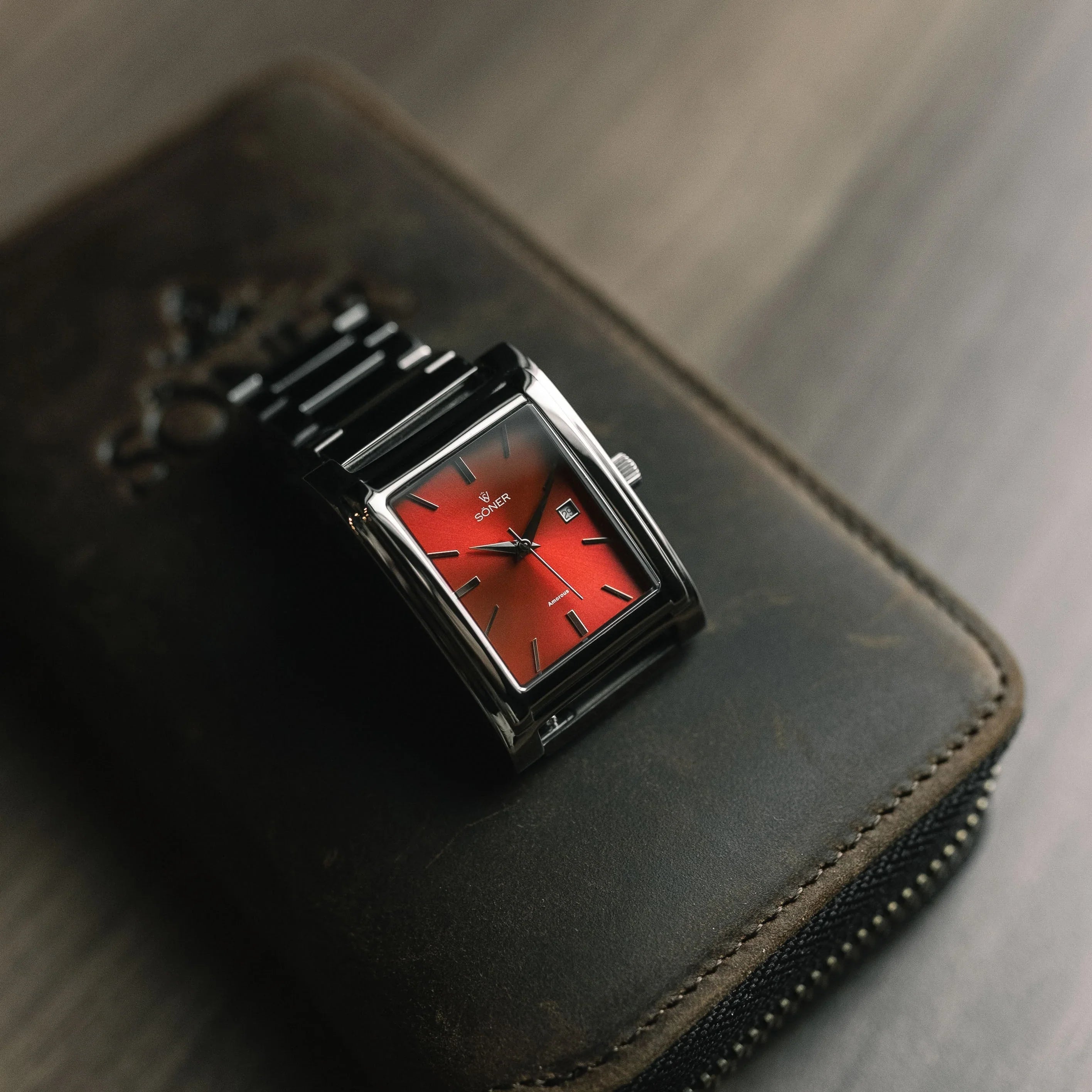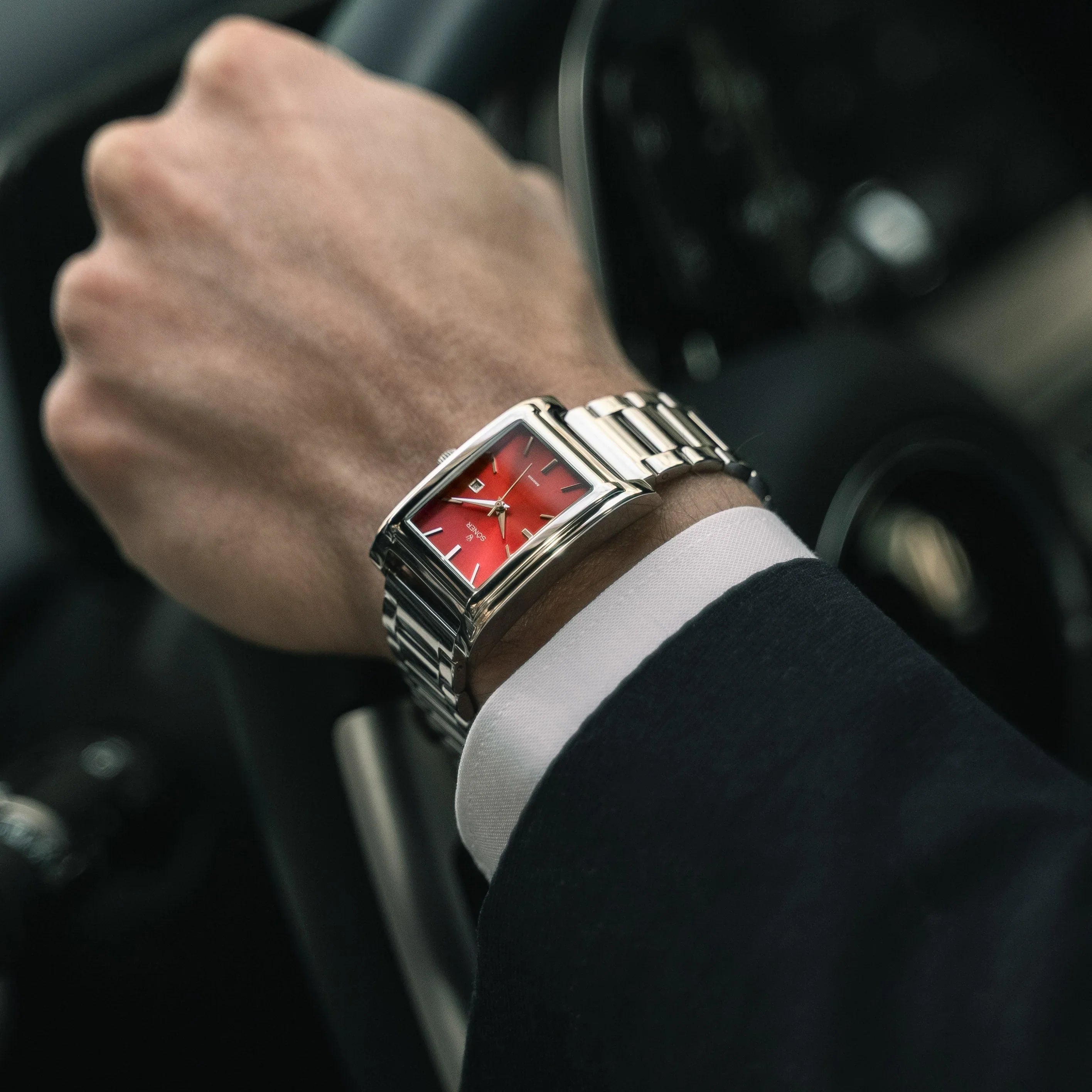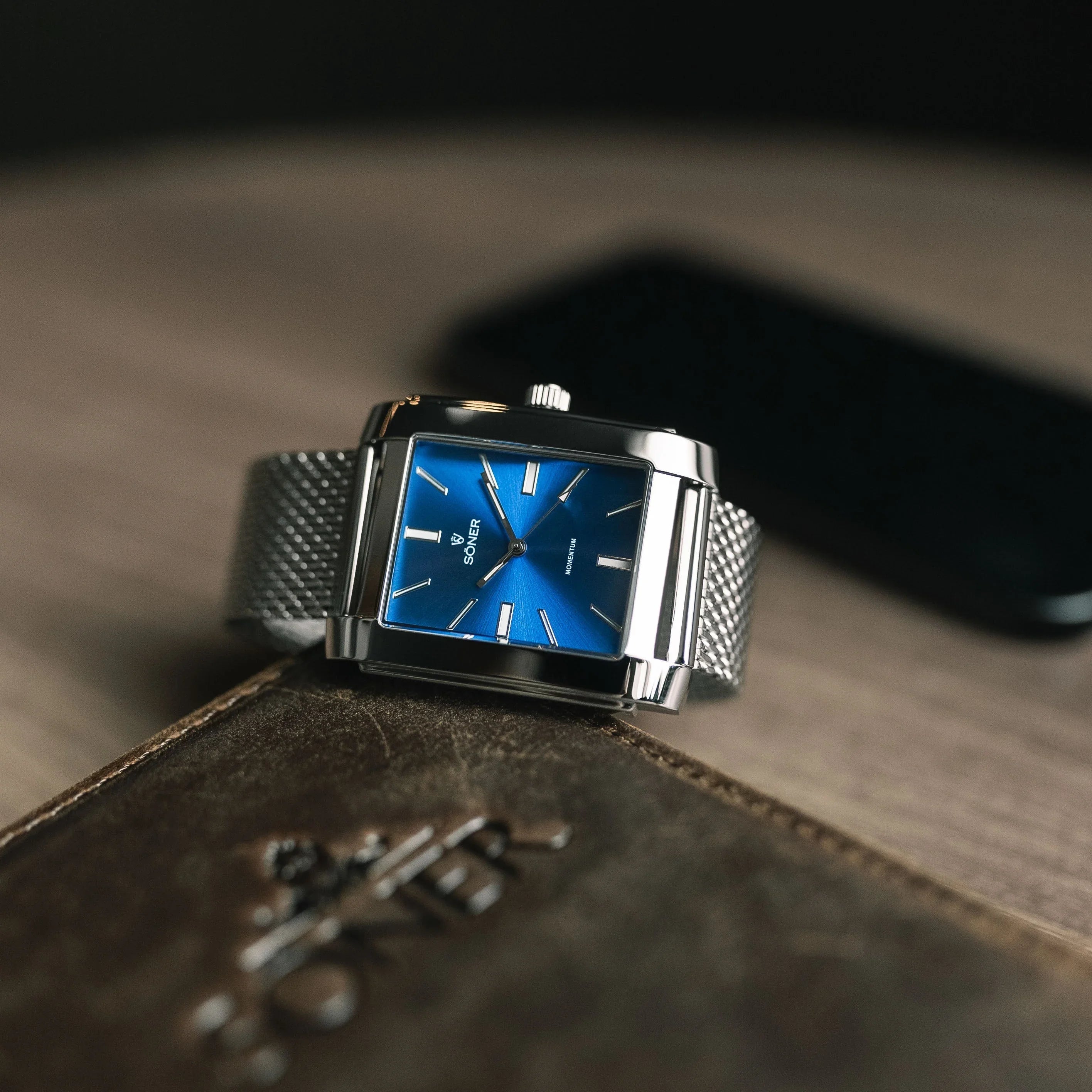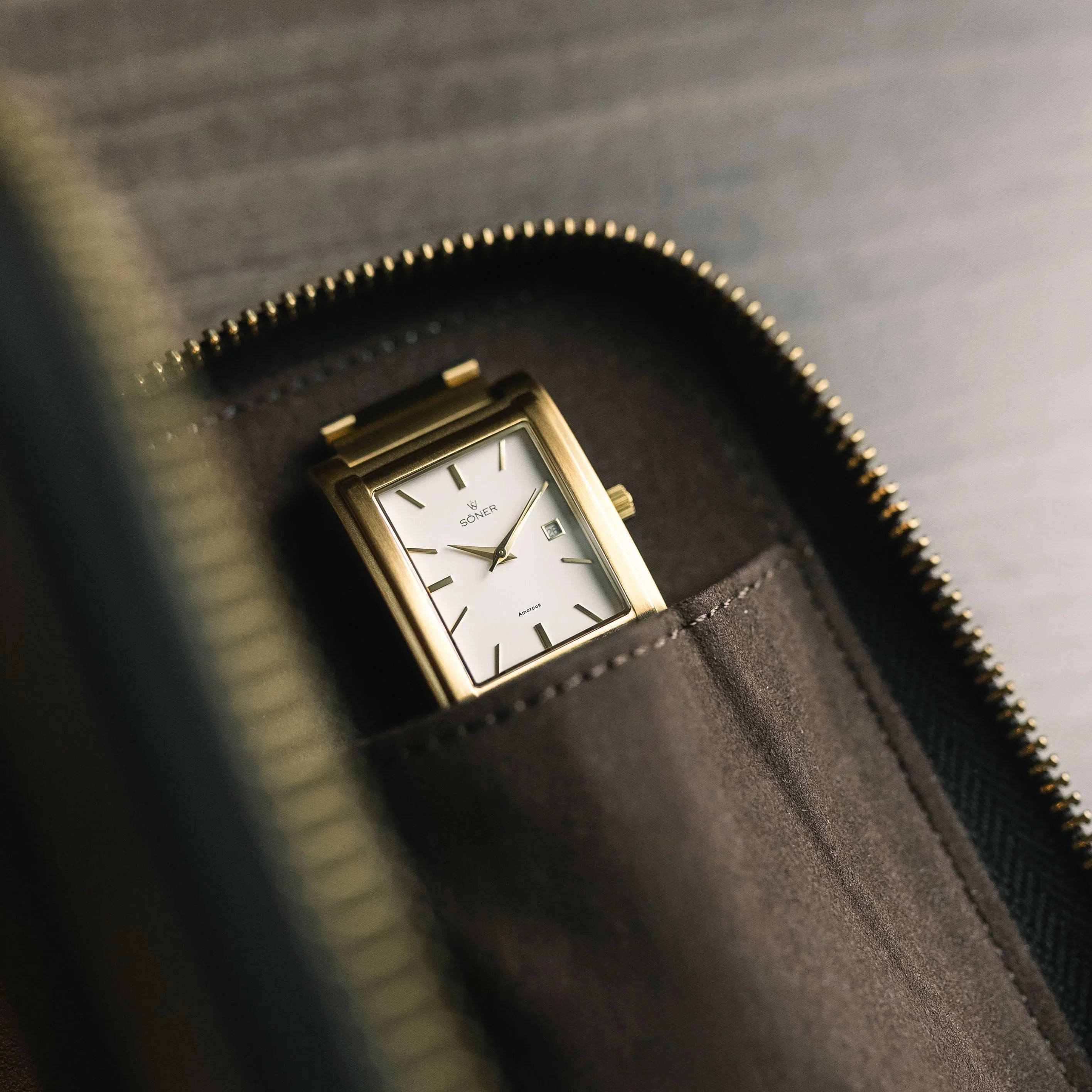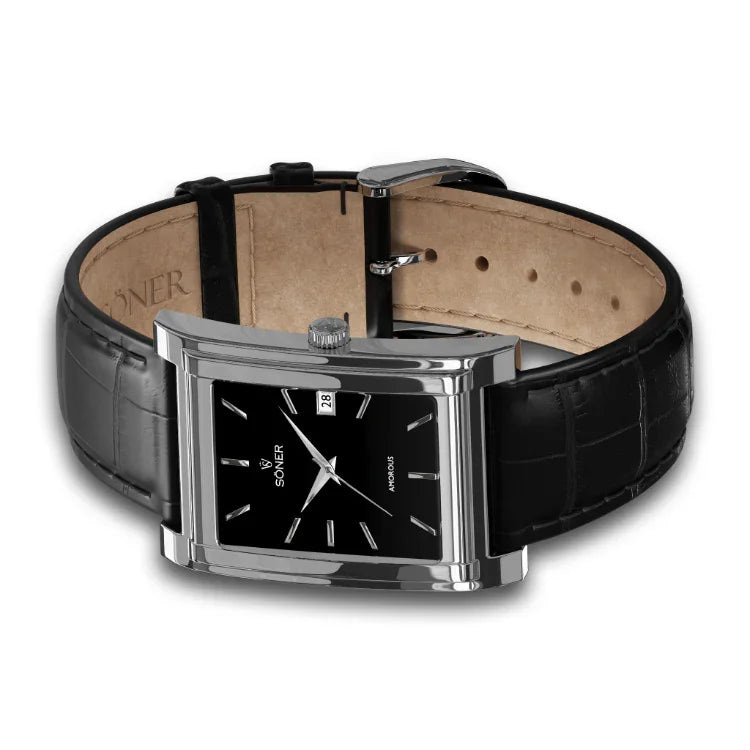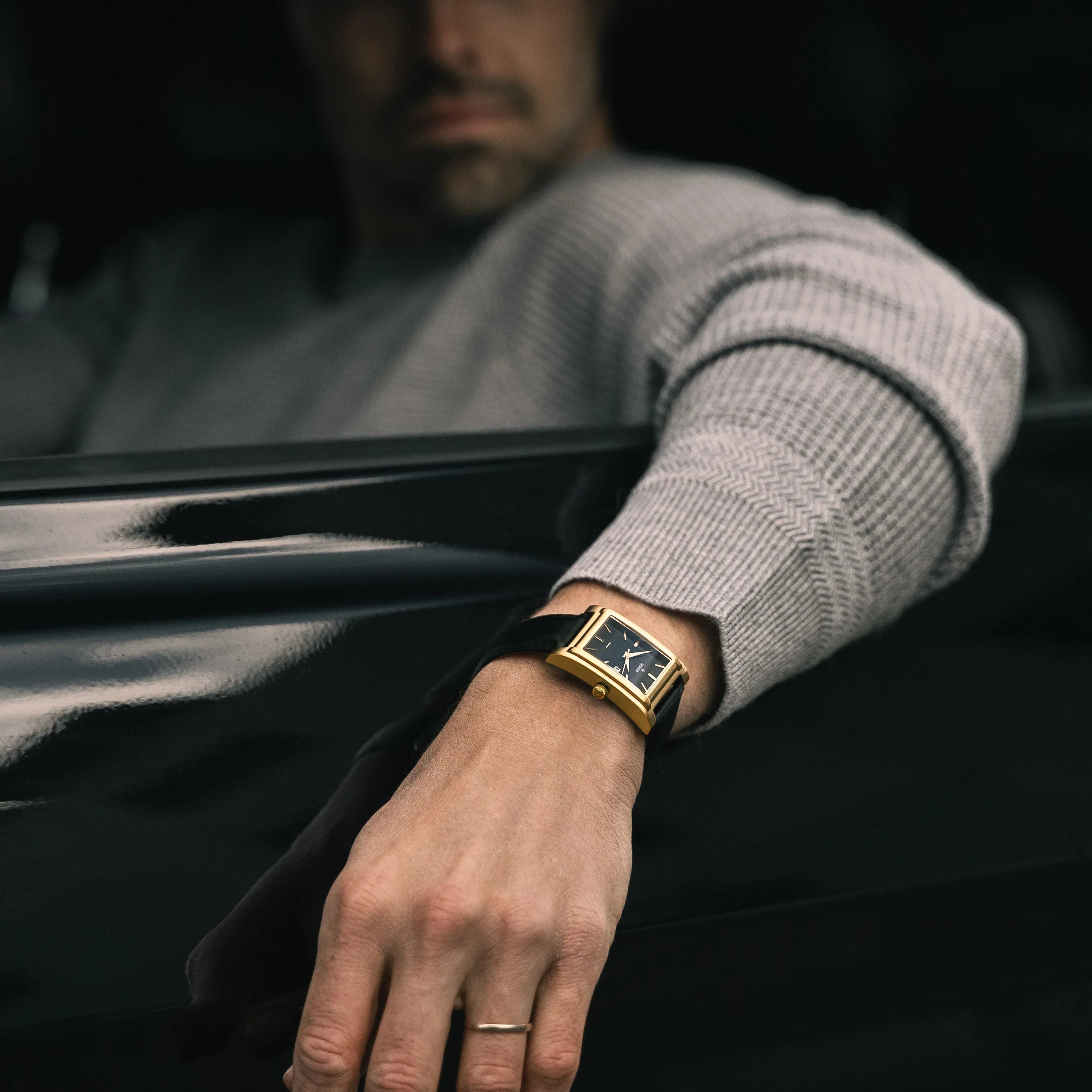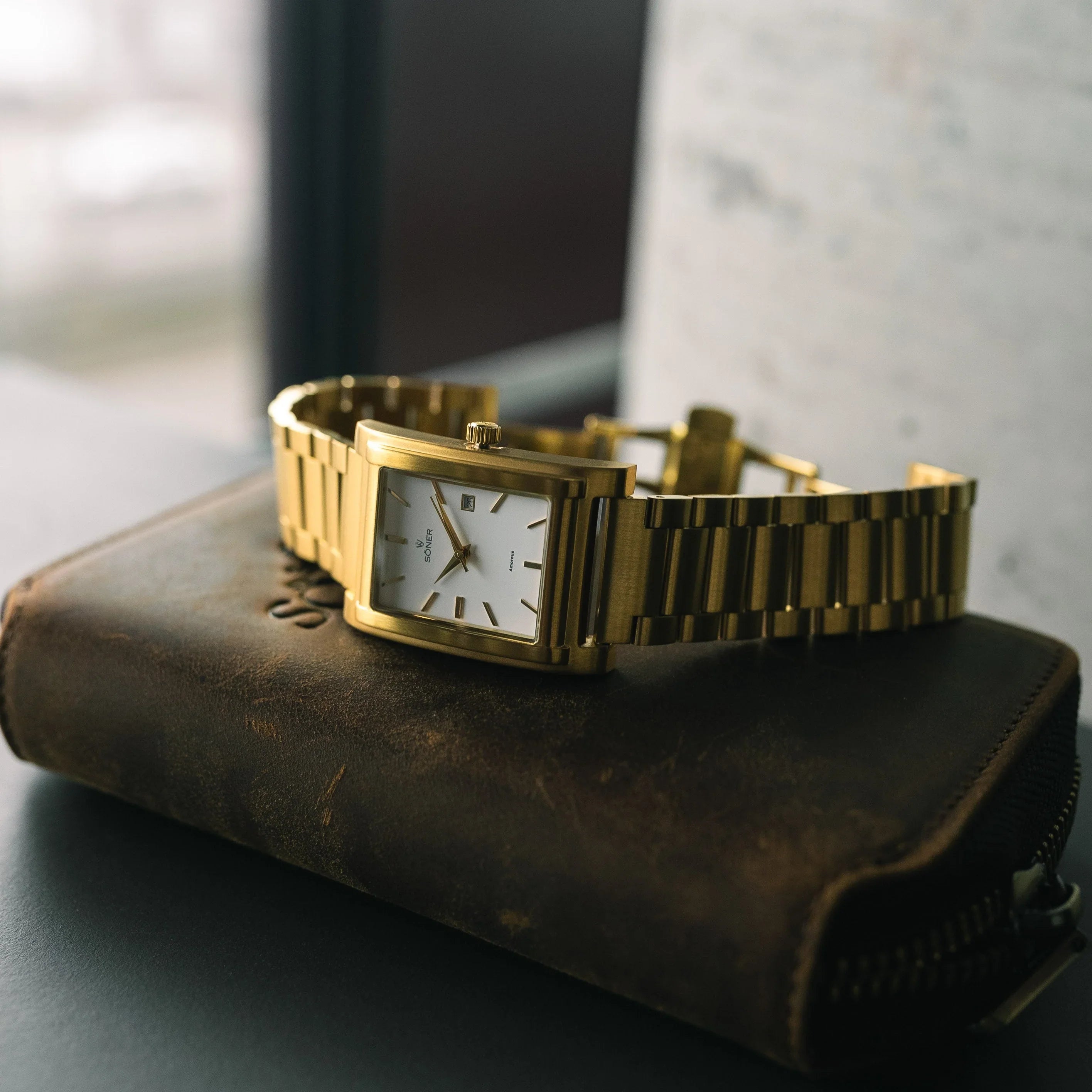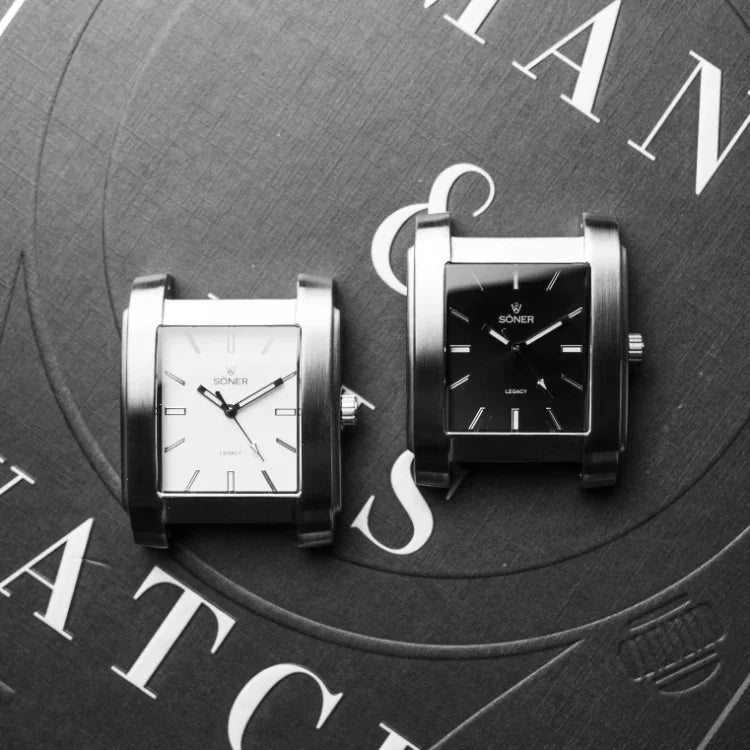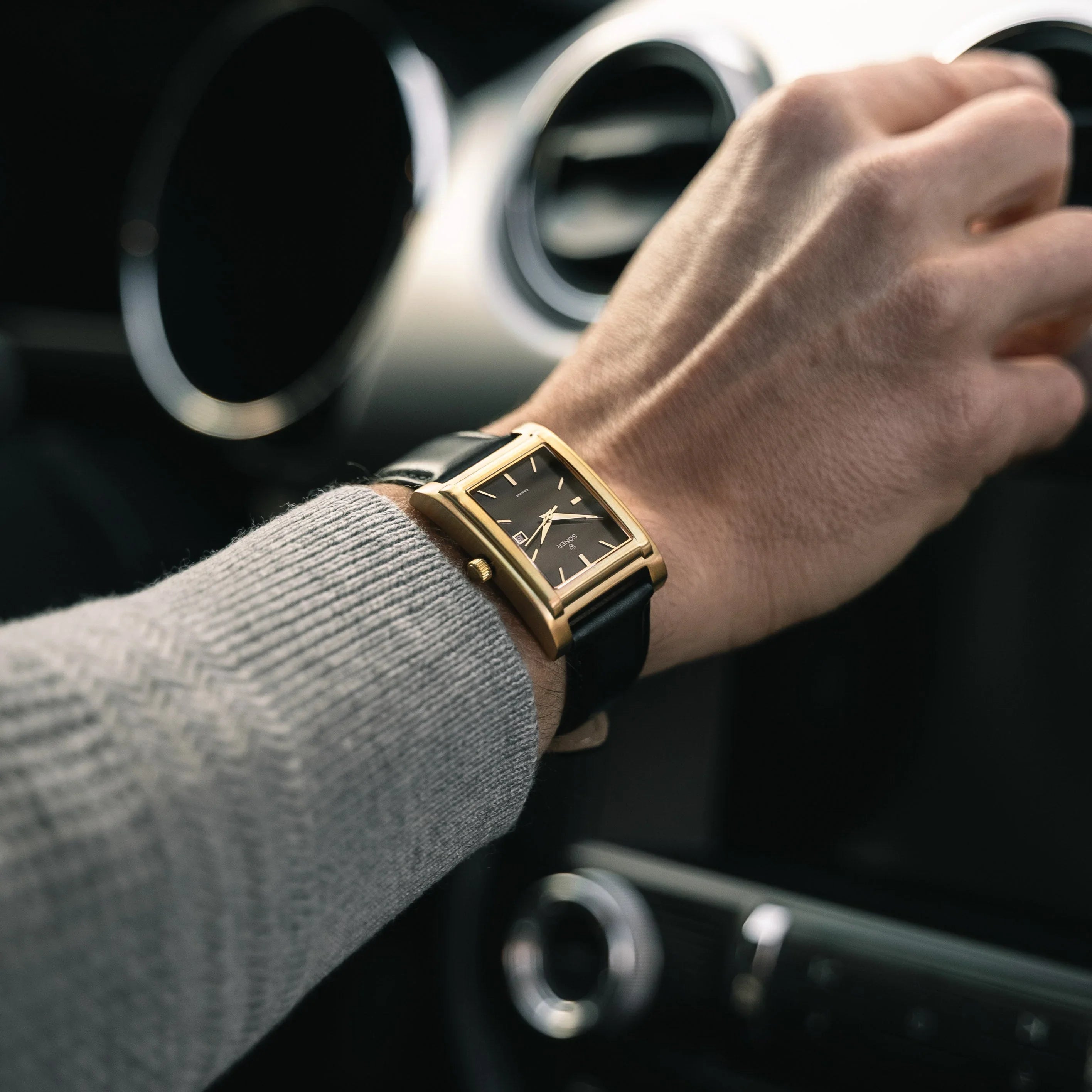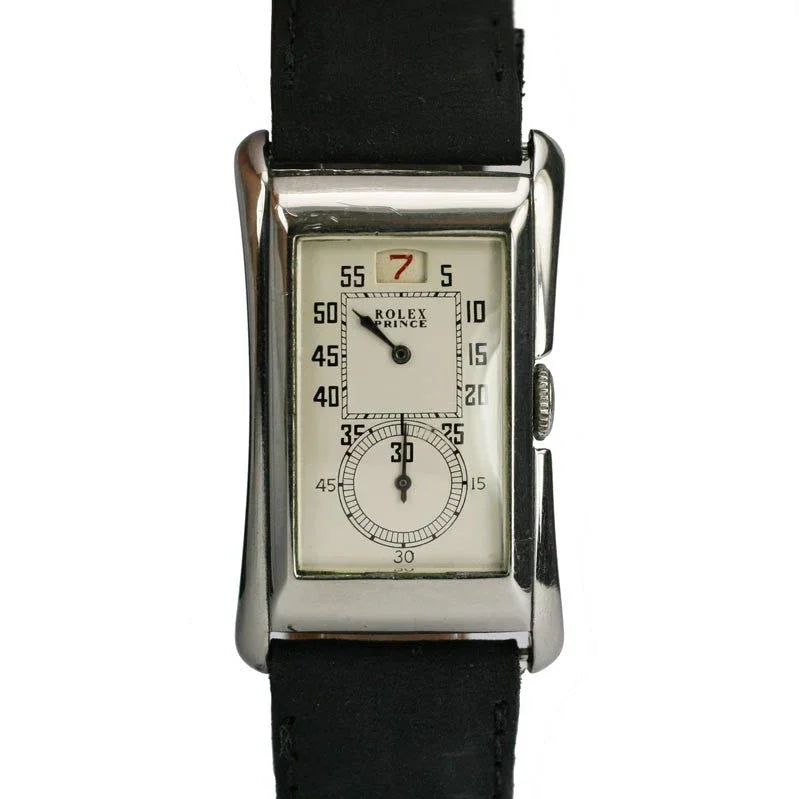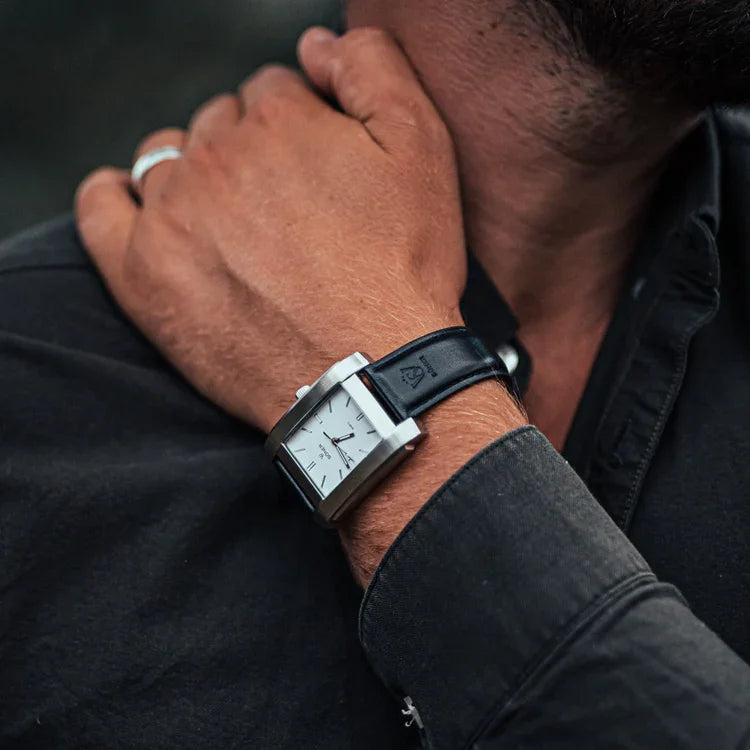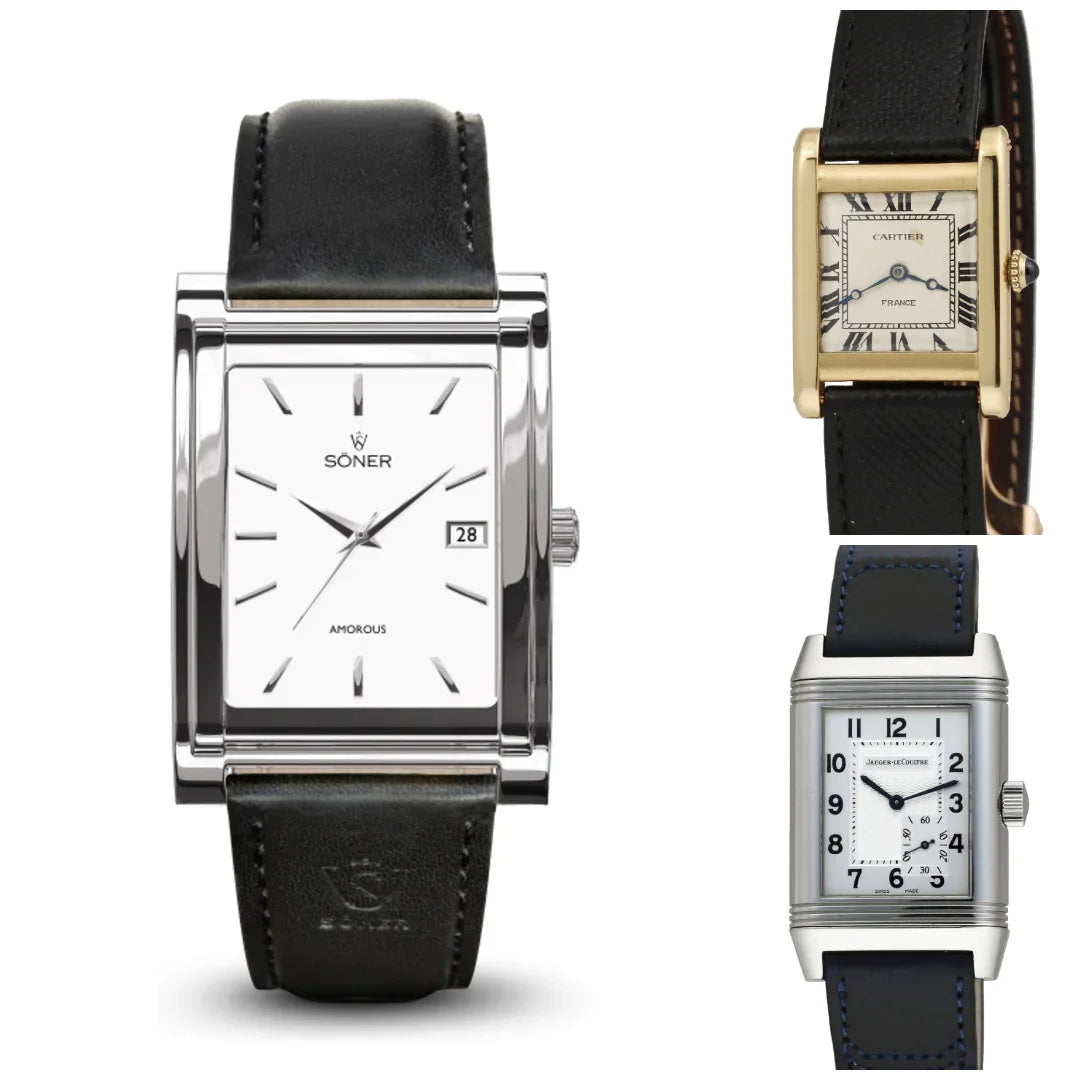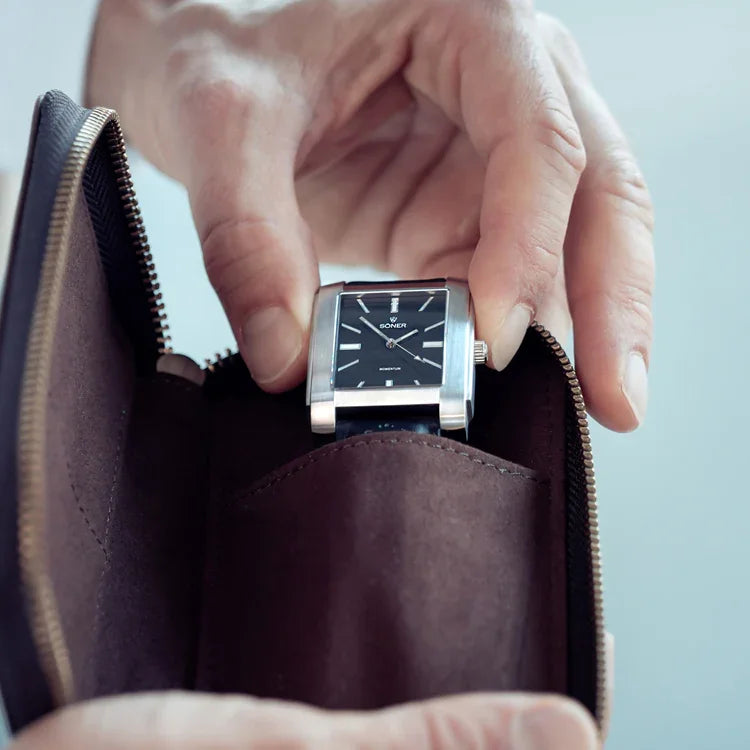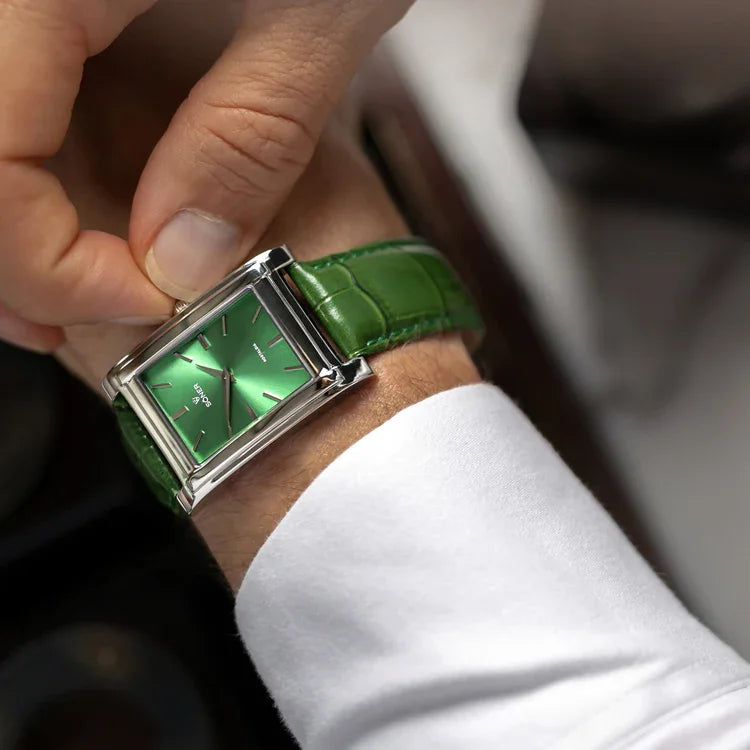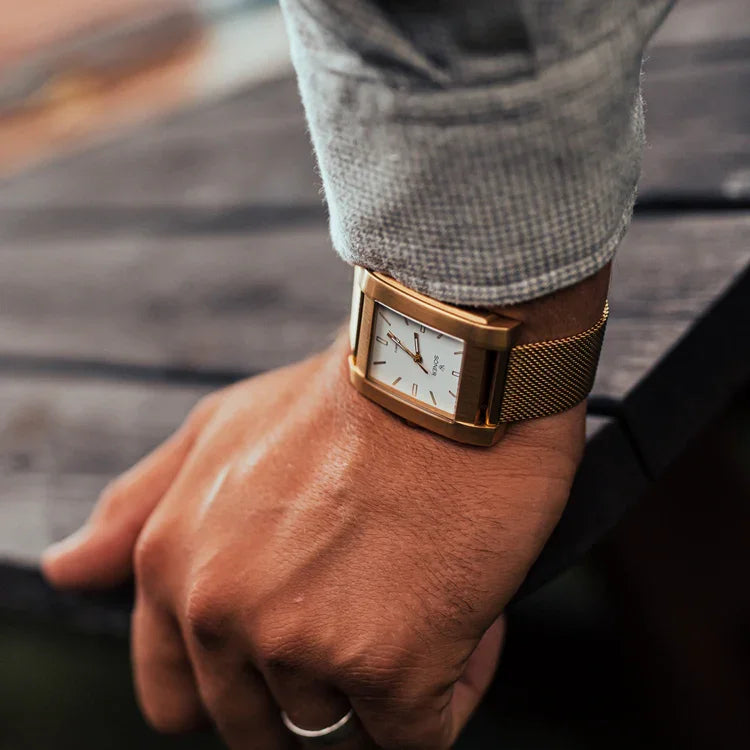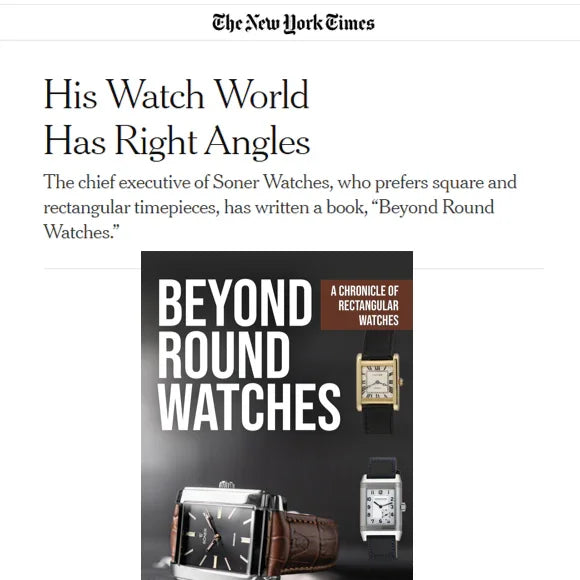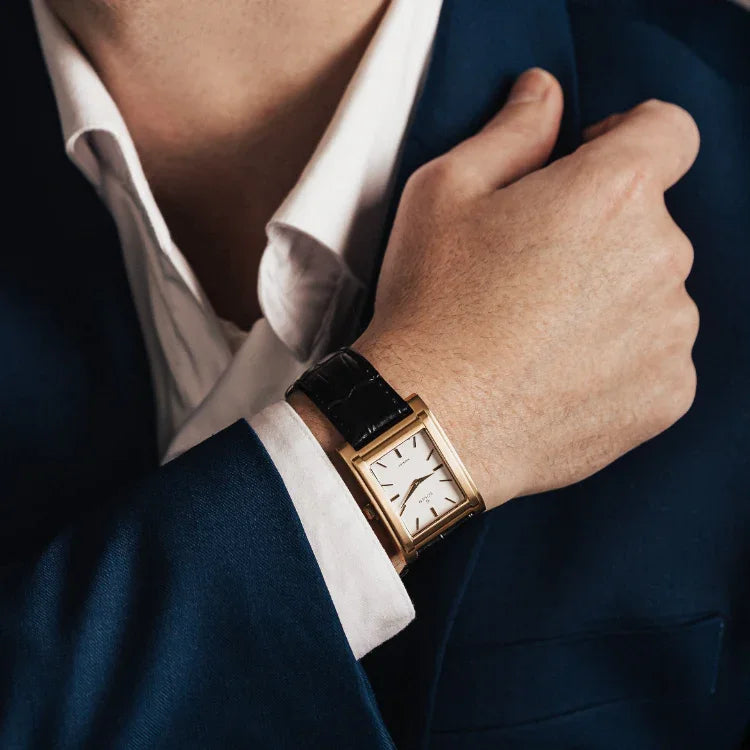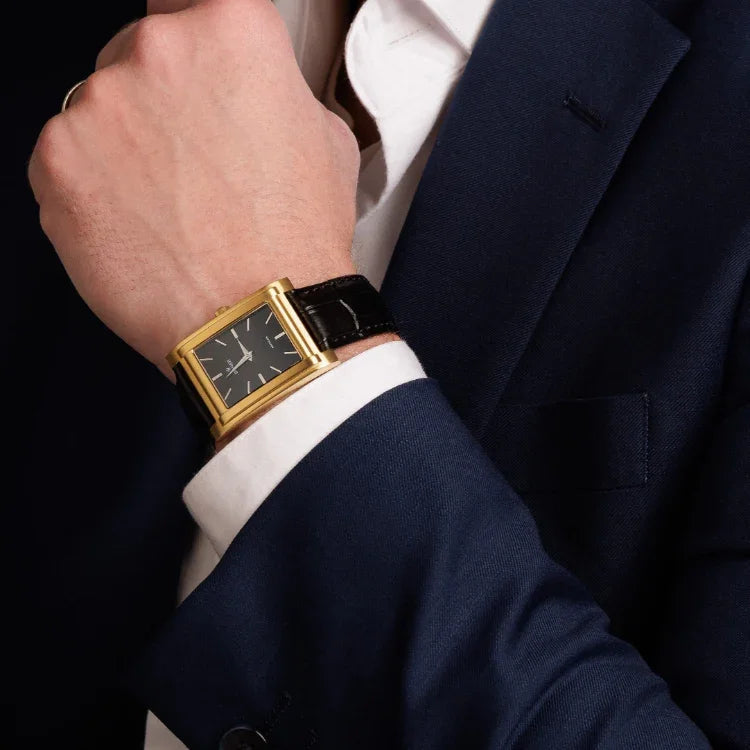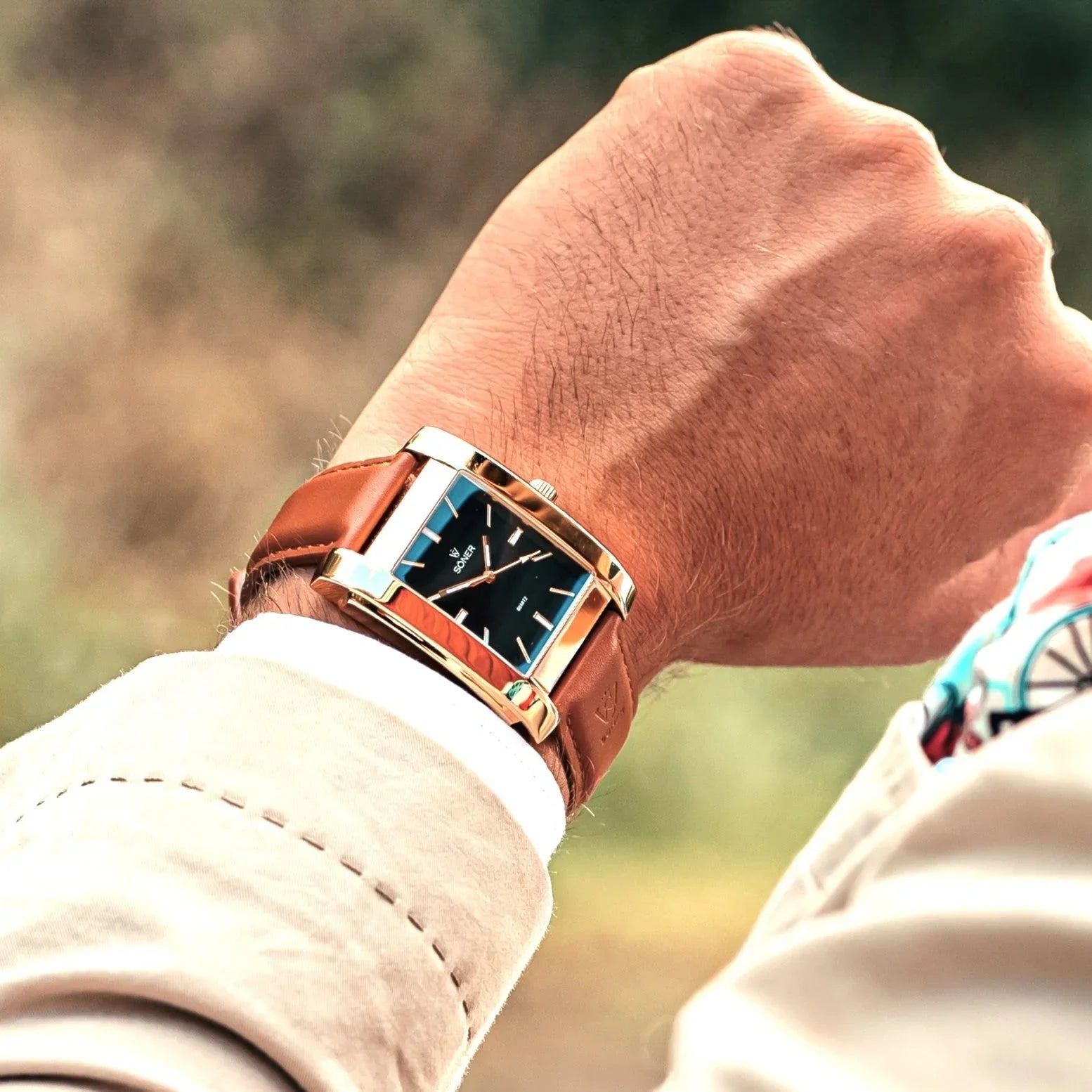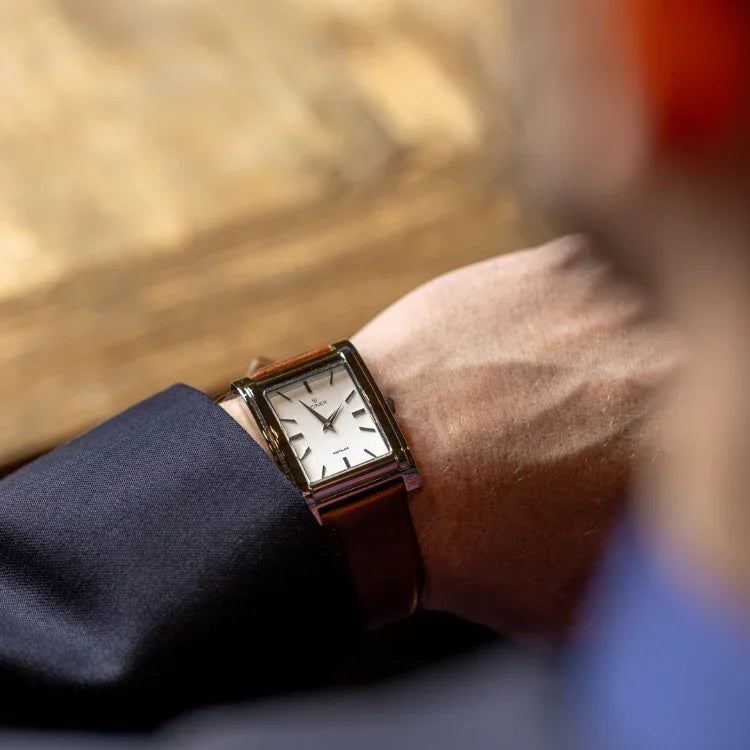Table of Contents
La storia di Luminescence e degli orologi
Su tutti i nostri orologi Momentum utilizziamo il Swiss C3 Super-LumiNova®. Questi pigmenti sono la scelta dell'industria orologiera svizzera per la massima luminosità residua possibile.I materiali sono tutti 100% prodotti in Svizzera e disponibili in gradi selezionati.
Swiss C3 Super-LumiNova® è non radioattivo, compatibile con REACH, altamente resistente alle temperature e agli agenti ambientali.
Funziona come una batteria di accumulo di luce, dove la luce carica la batteria e successivamente la luce viene emessa continuamente. Questo processo di attivazione e successiva emissione di luce può essere ripetuto più e più volte, e il materiale non subisce alcun invecchiamento.
Si carica con la luce solare o artificiale. Miscelato con un legante specifico adatto, Swiss C3 Super-LumiNova® viene applicato su quadranti e lancette.

La storia di "lume"
Il quadrante e le lancette luminescenti di un orologio sono un chiaro segno di qualità. Pochi, se non nessuno, degli orologi più economici (anche molti orologi di marchi affermati ne sono privi) hanno investito in componenti luminosi. Se trovi un orologio con dettagli luminosi, puoi essere sicuro che si tratta di un orologio di qualità.
I primi tentativi di applicare la luminescenza agli orologi da polso risalgono al periodo intorno alla Prima Guerra Mondiale. All'epoca, si trattava di mescolare il materiale radioattivo radio con il solfuro di zinco.
Nel corso degli anni, gli effetti sulla salute del radio divennero più noti e la quantità di radio utilizzata negli orologi diminuì gradualmente fino a raggiungere un livello in cui un orologio conteneva 1/100 della quantità di radio rispetto agli orologi dei primi del XX secolo.
Nel 1968, l'uso del radio negli orologi da polso è stato vietato, il che ha richiesto nuove soluzioni. La scelta è ricaduta sul trizio. Il trizio veniva attivato con lo stesso metodo del radio; il trizio radioattivo veniva miscelato con solfuro di zinco. La differenza tra radio e trizio è il livello di radiazione e il tempo di dimezzamento. La quantità di radiazione del radio è al massimo della scala scientifica mentre il trizio si trova all'altro estremo con una radiazione paragonabile a quella di una radiografia ospedaliera. Allo stesso tempo, il tempo di dimezzamento del radio è di oltre 1.600 anni, mentre per il trizio è di soli dodici anni. Ecco perché molti orologi al trizio degli anni '60 hanno raramente ancora luminescenza sui loro componenti.
Sebbene il trizio sia meno radioattivo del radio, negli anni '60 c'erano comunque aspetti sanitari da considerare. Come per il radio negli anni '20, l'uso del trizio portò a nuove riforme e regolamenti. I quadranti che utilizzavano il trizio erano contrassegnati con "T" o "TT" o "H3", il simbolo del trizio, idrogeno pesante.
Poiché il trizio veniva utilizzato negli orologi, la ricerca di altre alternative per produrre luminescenza è continuata. Questo ha portato all'uso di sostanze completamente nuove, sostanze che non erano radioattive e che non potevano generare luminescenza da sole, ma che richiedevano una fonte di luce esterna, chiamate materiali fotoluminescenti. I materiali radiomimetici come il trizio sono sempre attivi mentre i materiali fotoluminescenti devono essere "caricati" da una fonte di luce esterna per attivare la proprietà luminosa. Immediatamente dopo la carica, un orologio fotoluminescente è normalmente più luminoso di un orologio radio luminescente. Tuttavia, la luminosità diminuirà nel tempo mentre si "scarica". La luminosità di un orologio con trizio rimarrà sempre costante.
Entro la fine del 1990, l'uso del trizio con solfuro di zinco era stato per lo più eliminato a favore delle sostanze non radioattive.

